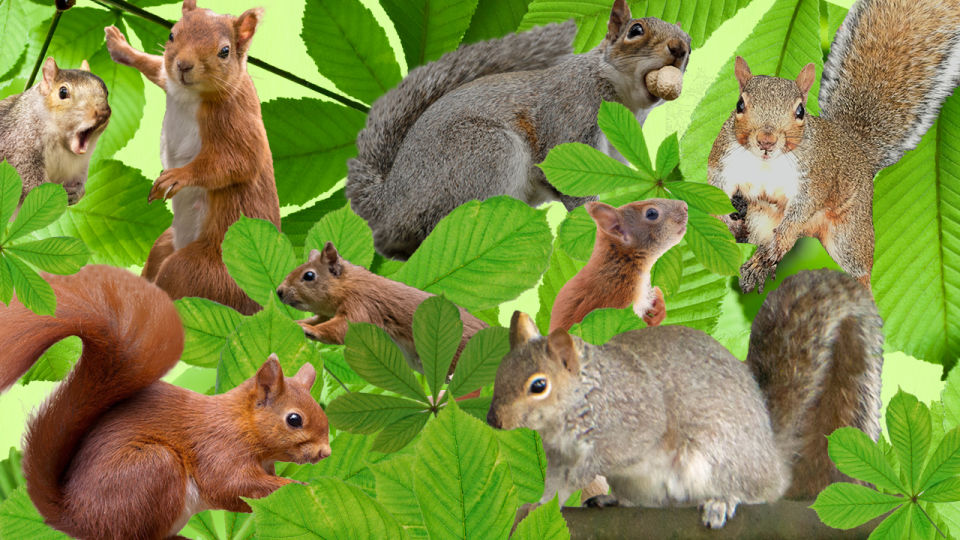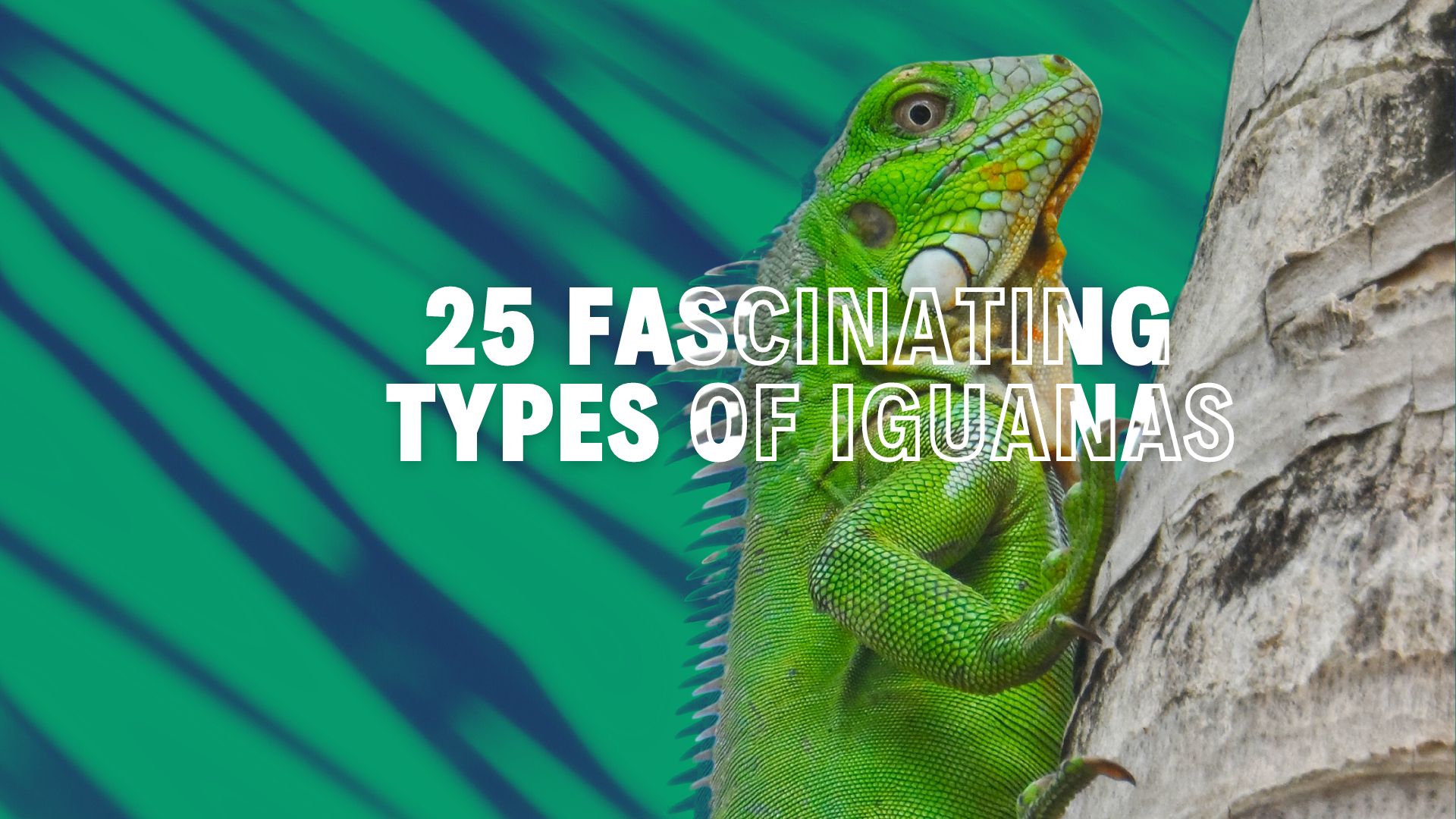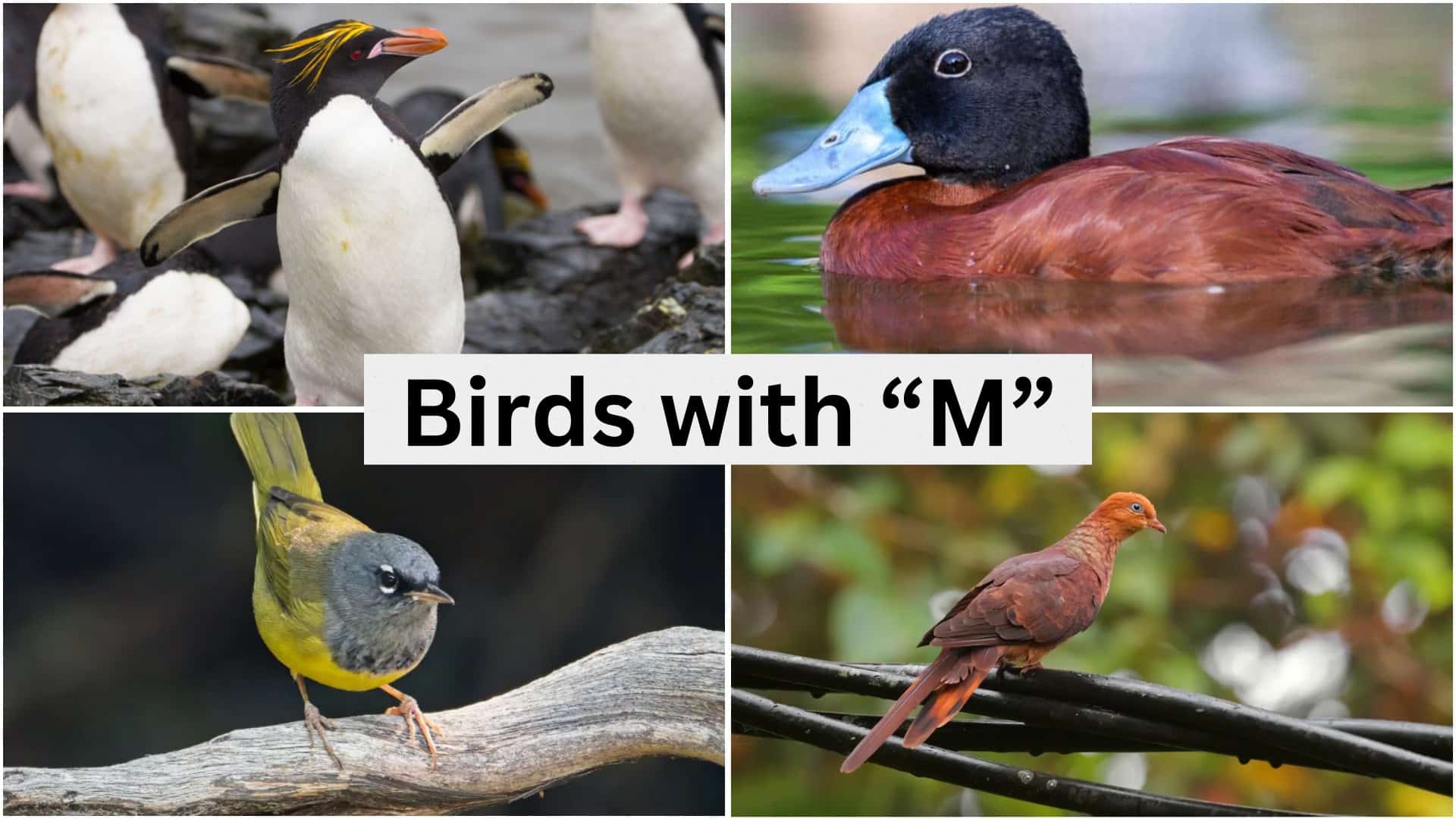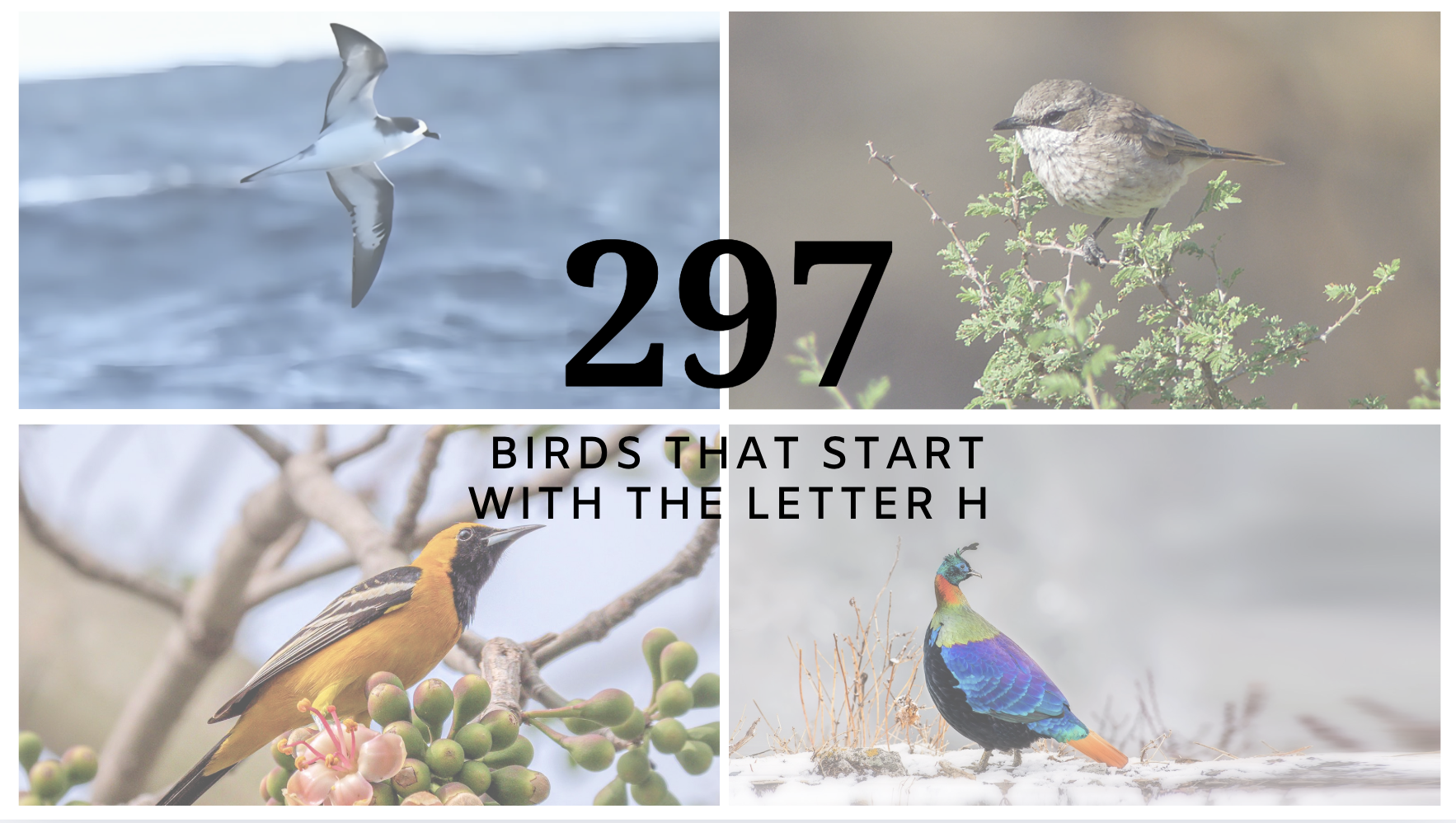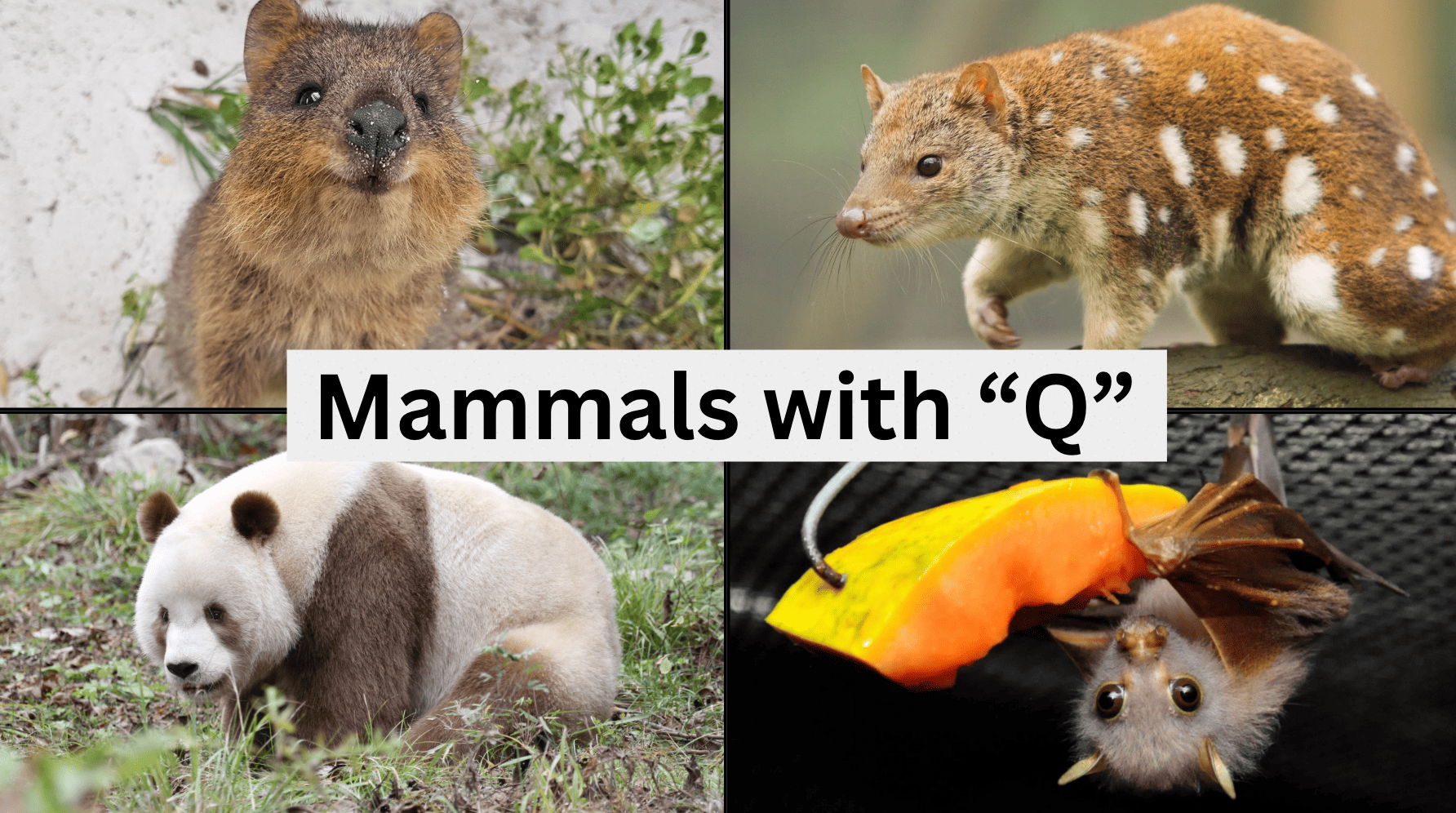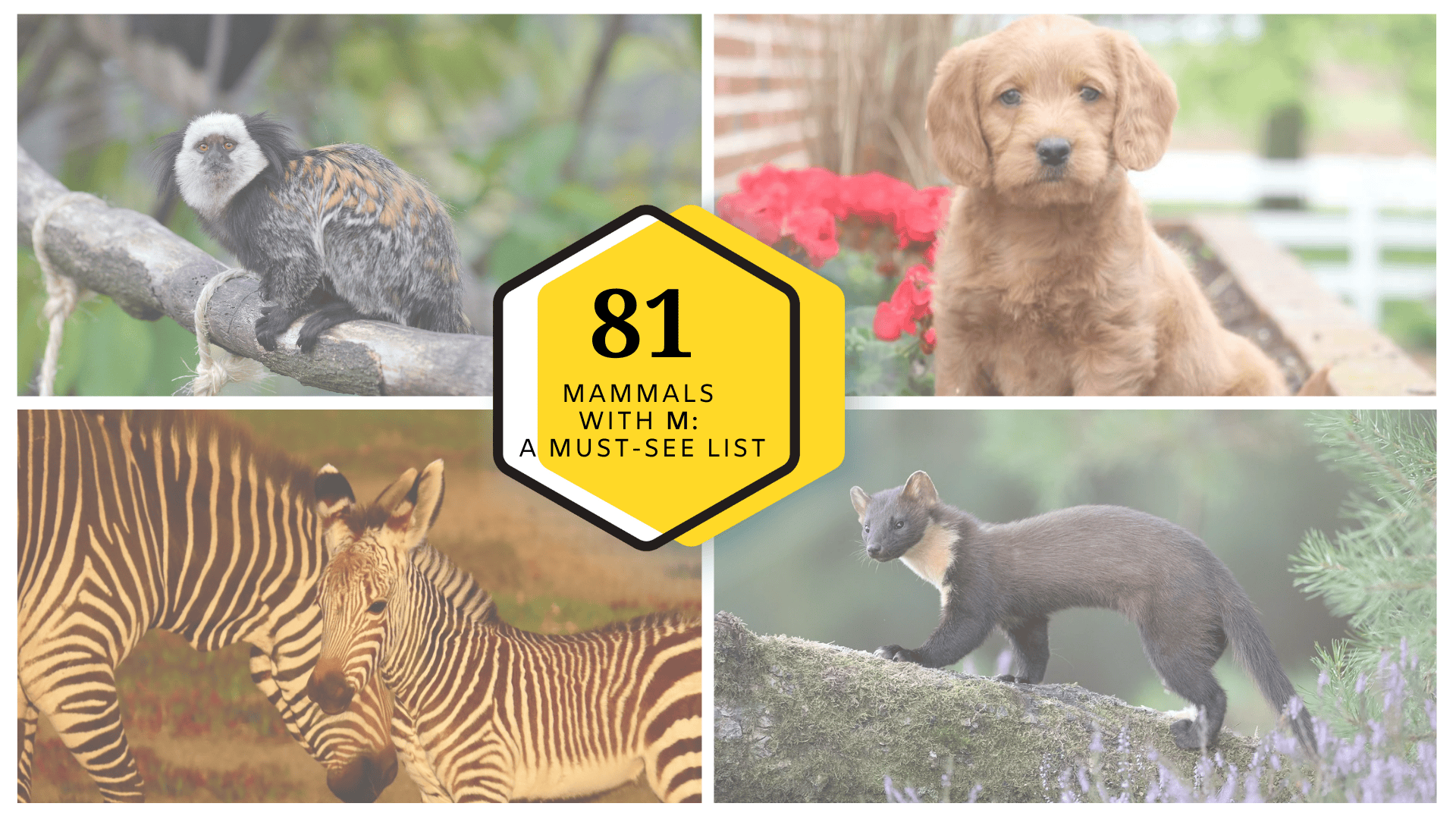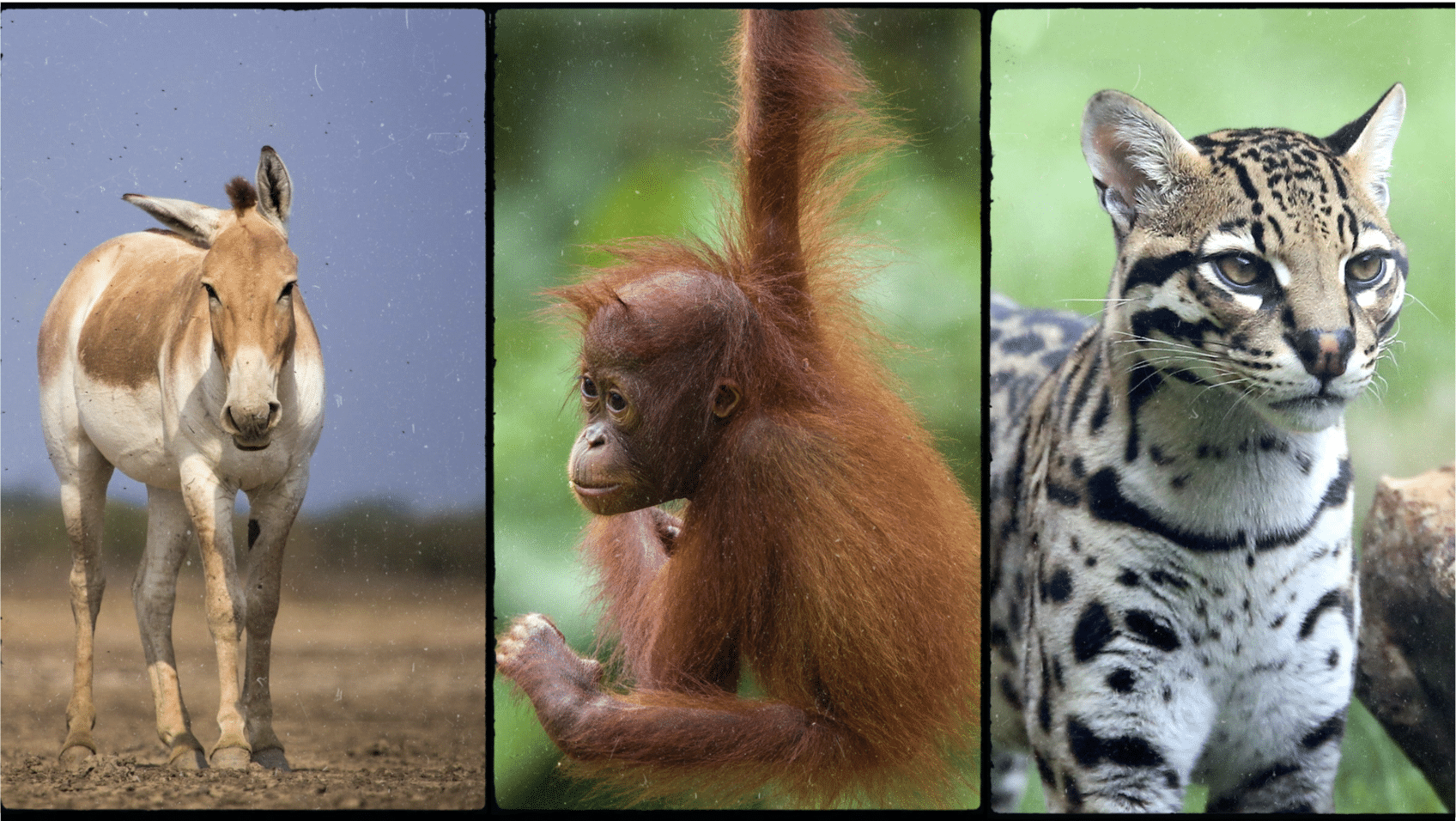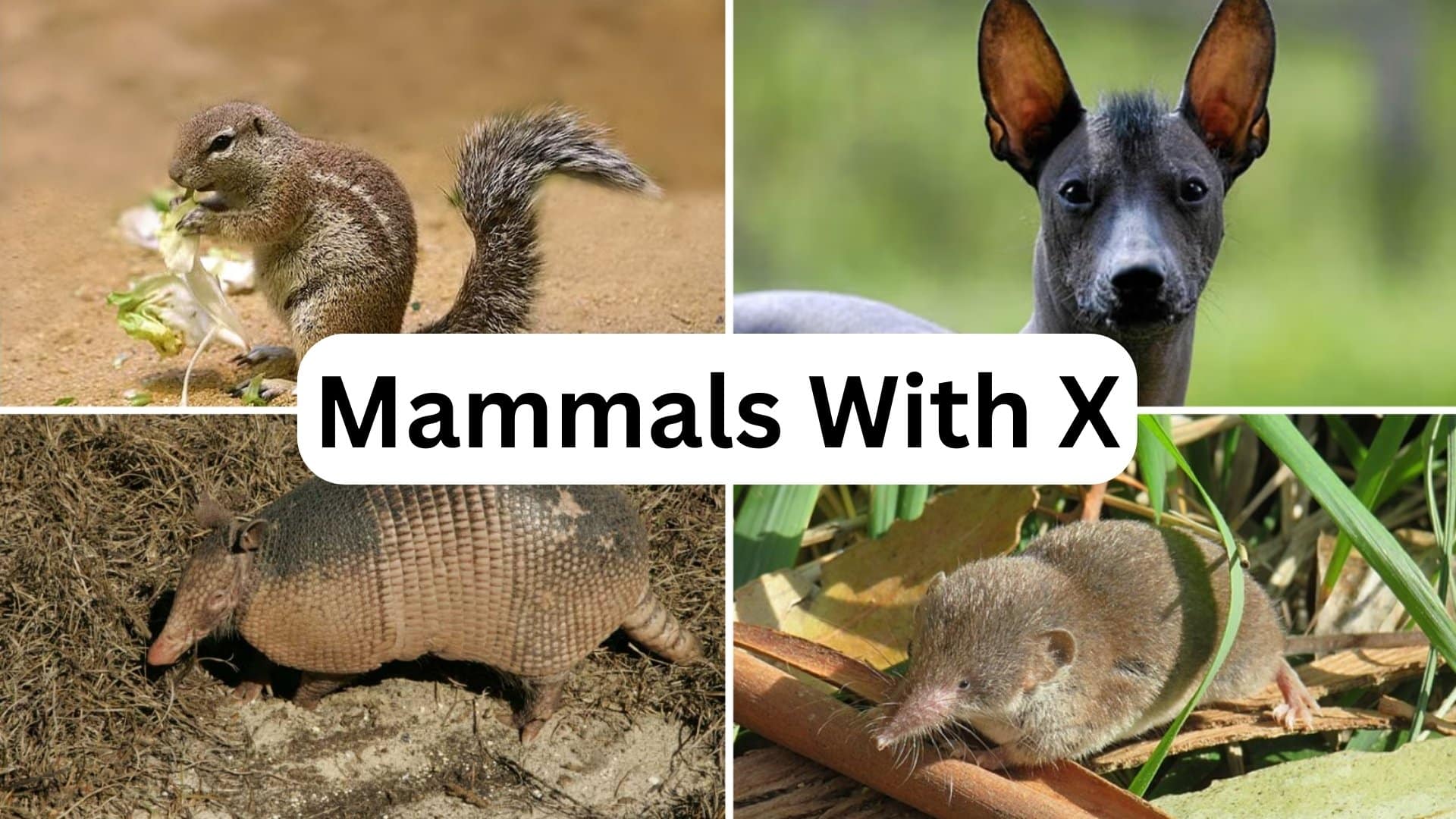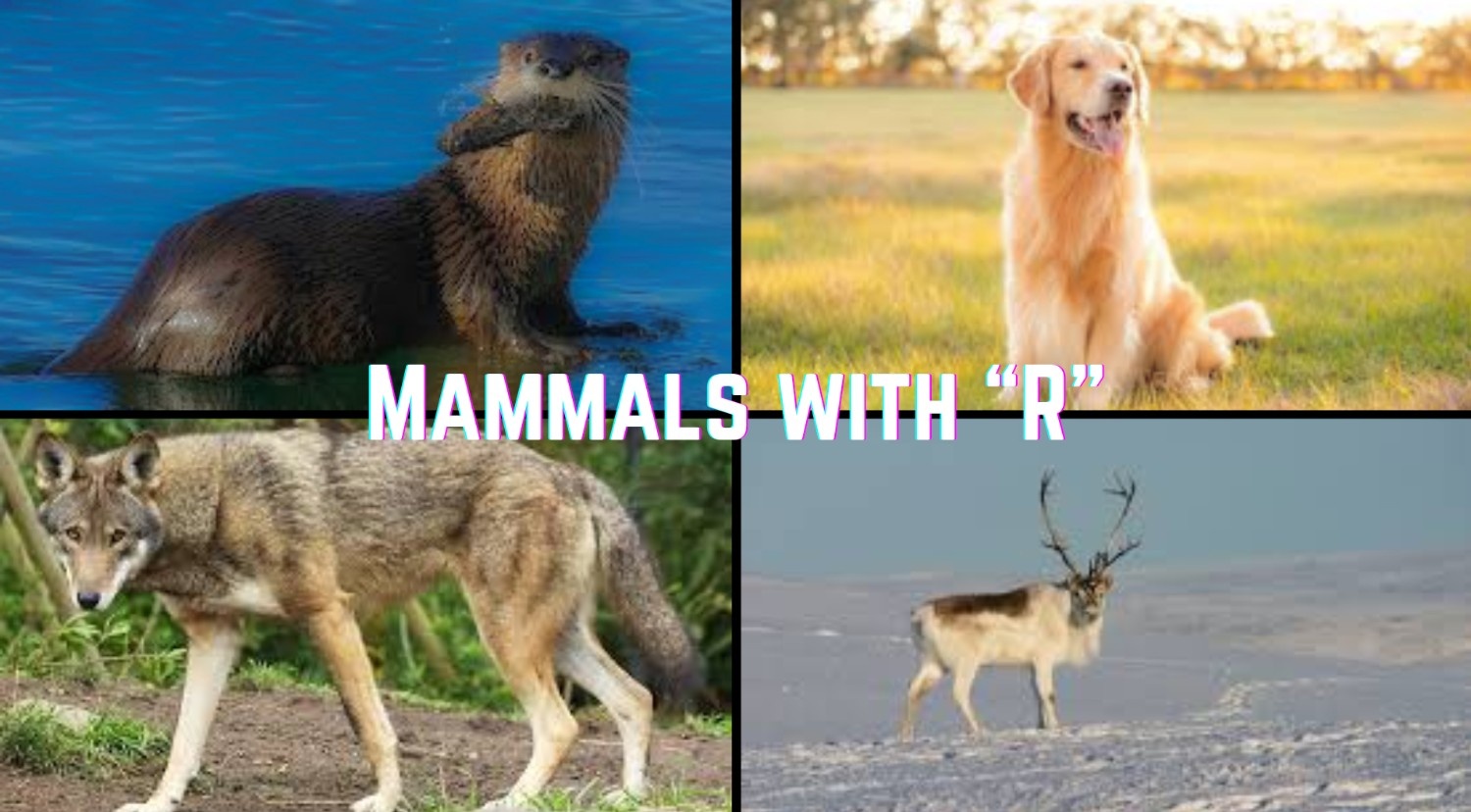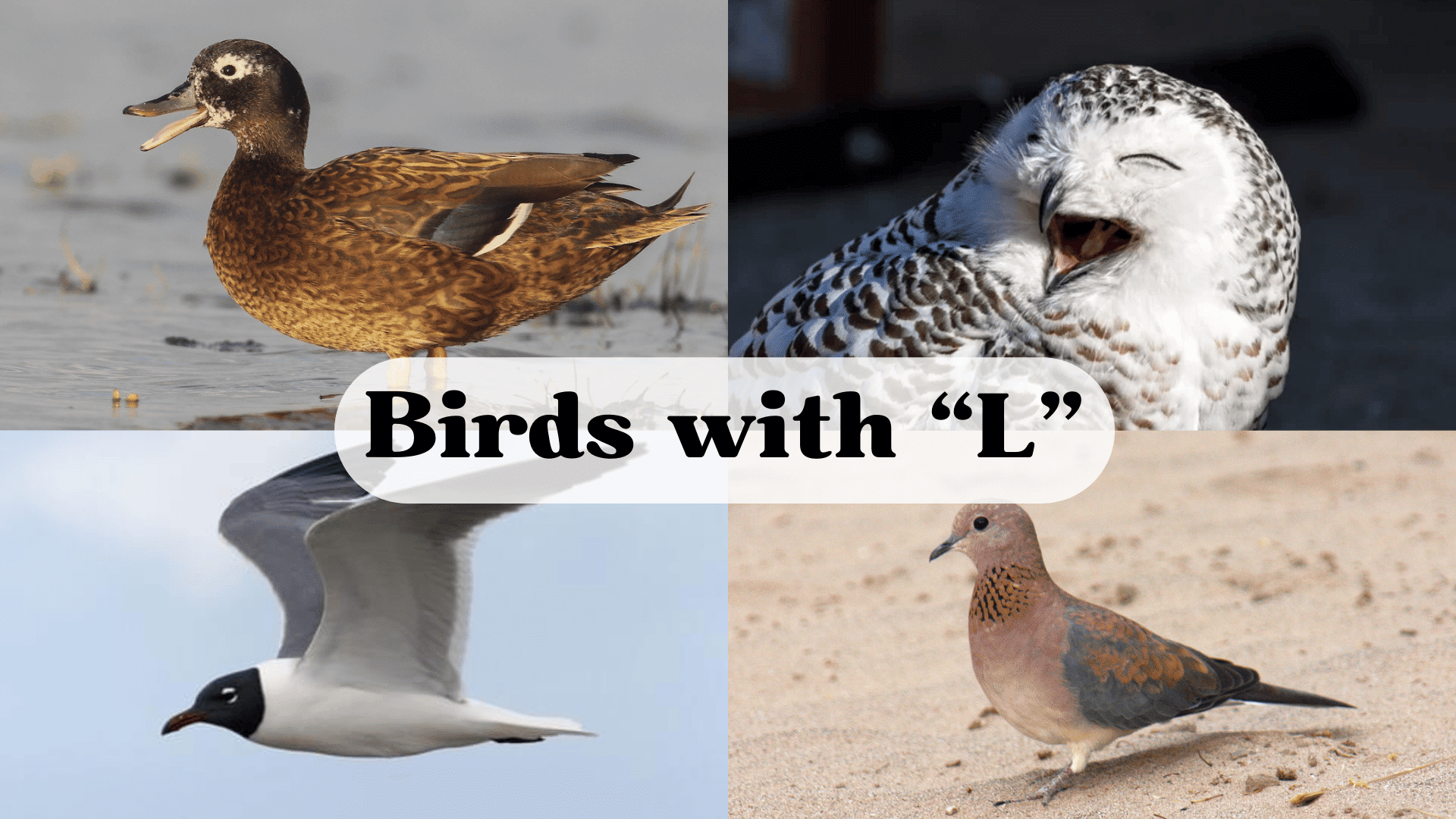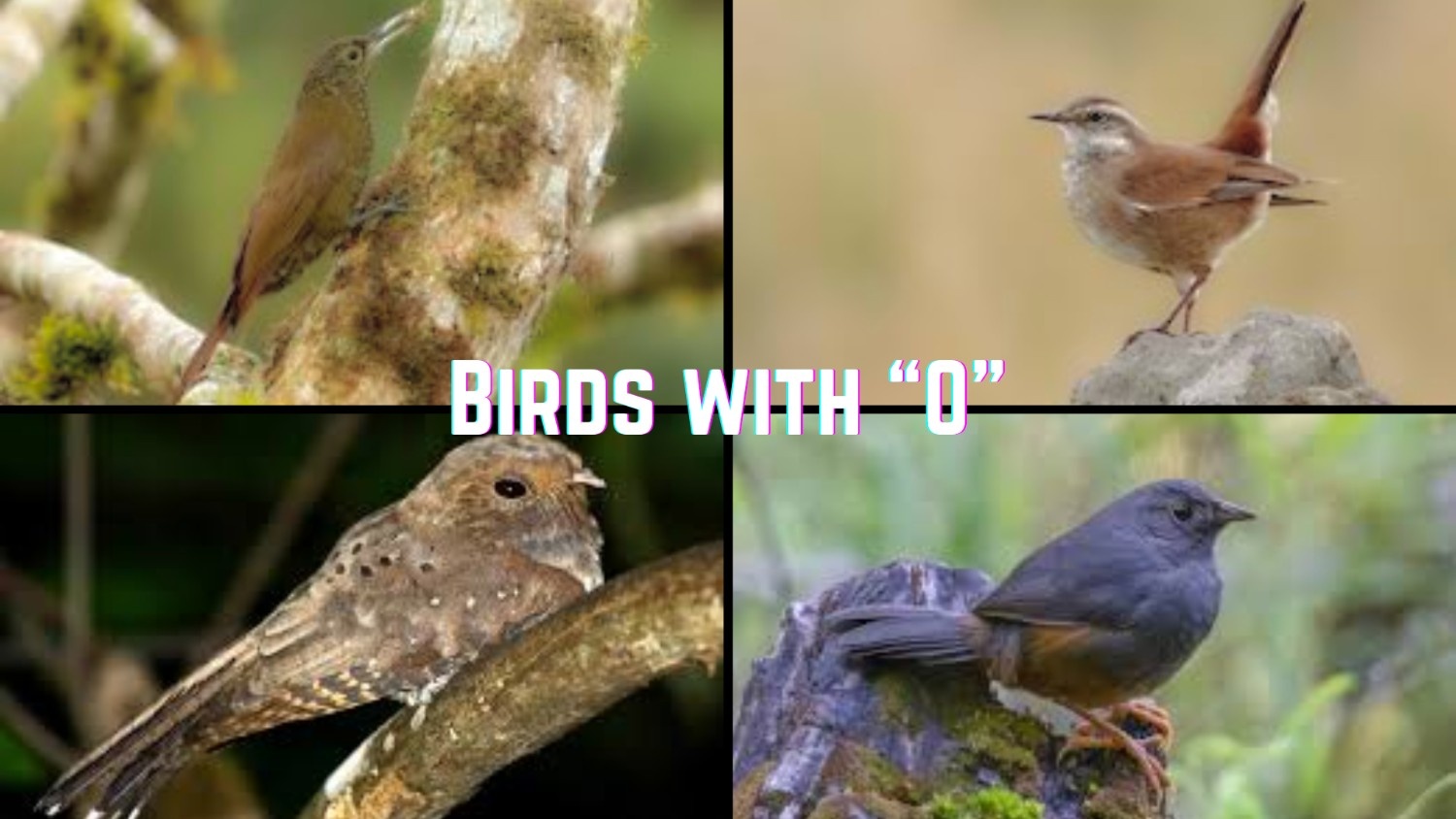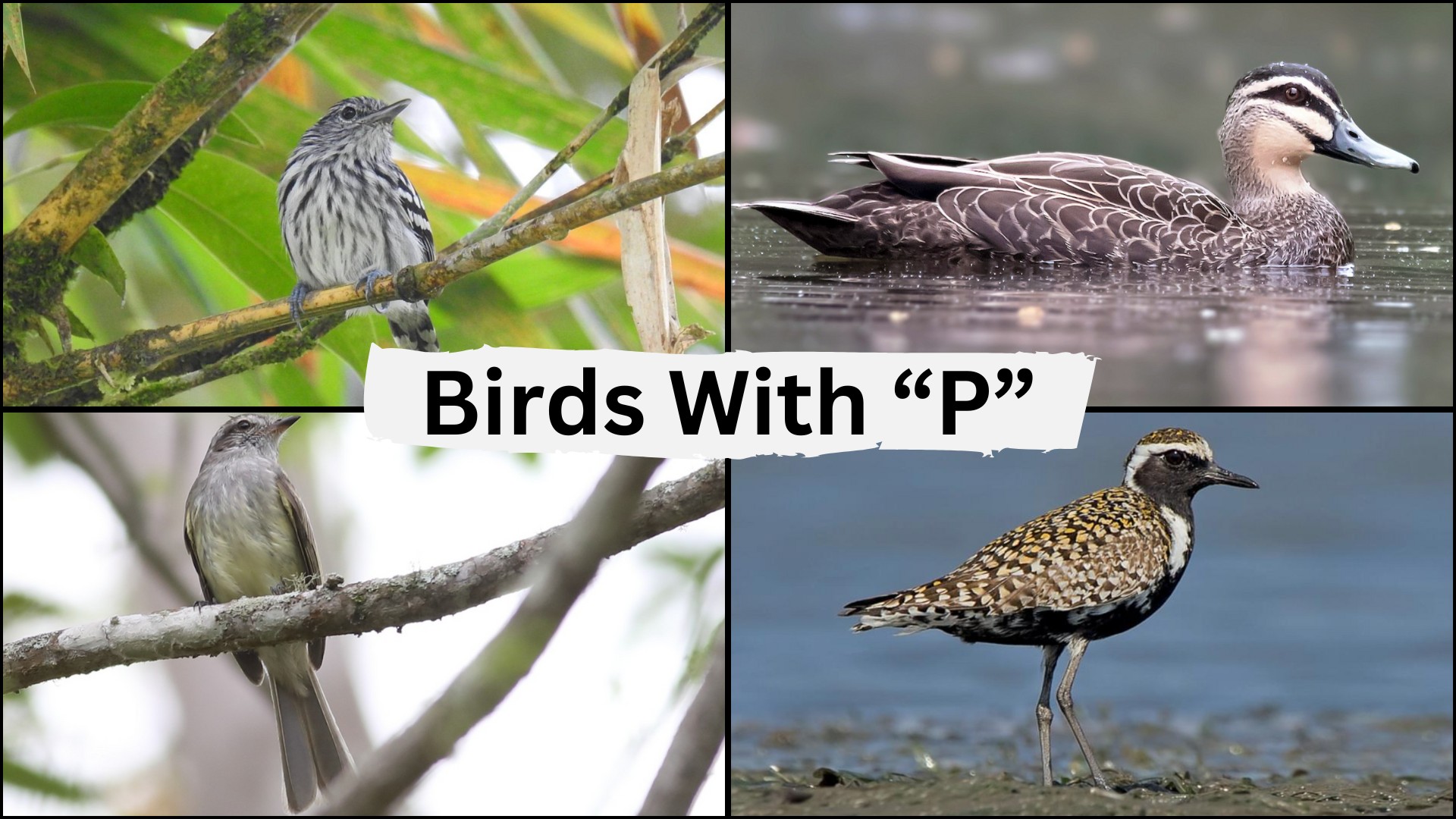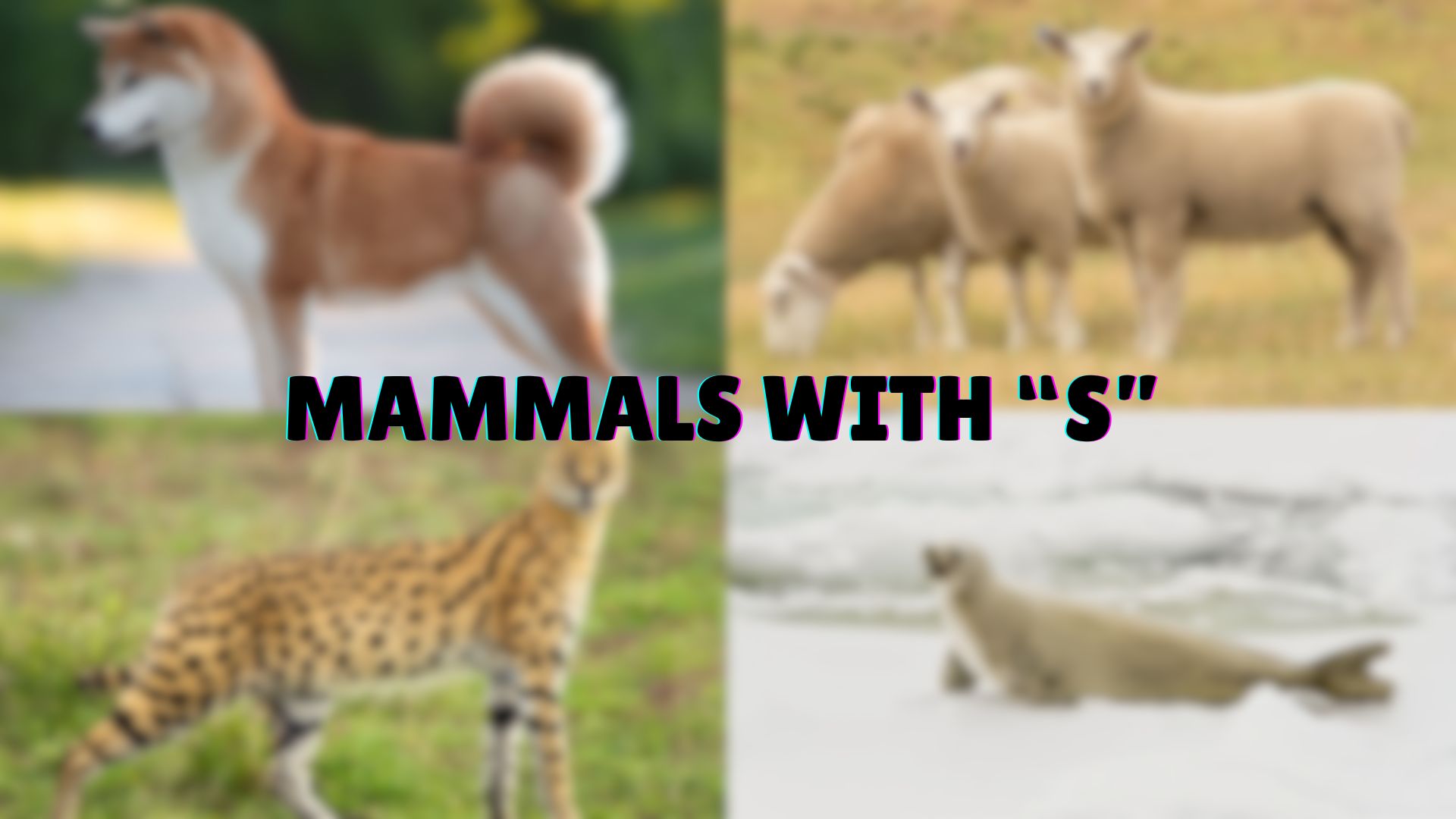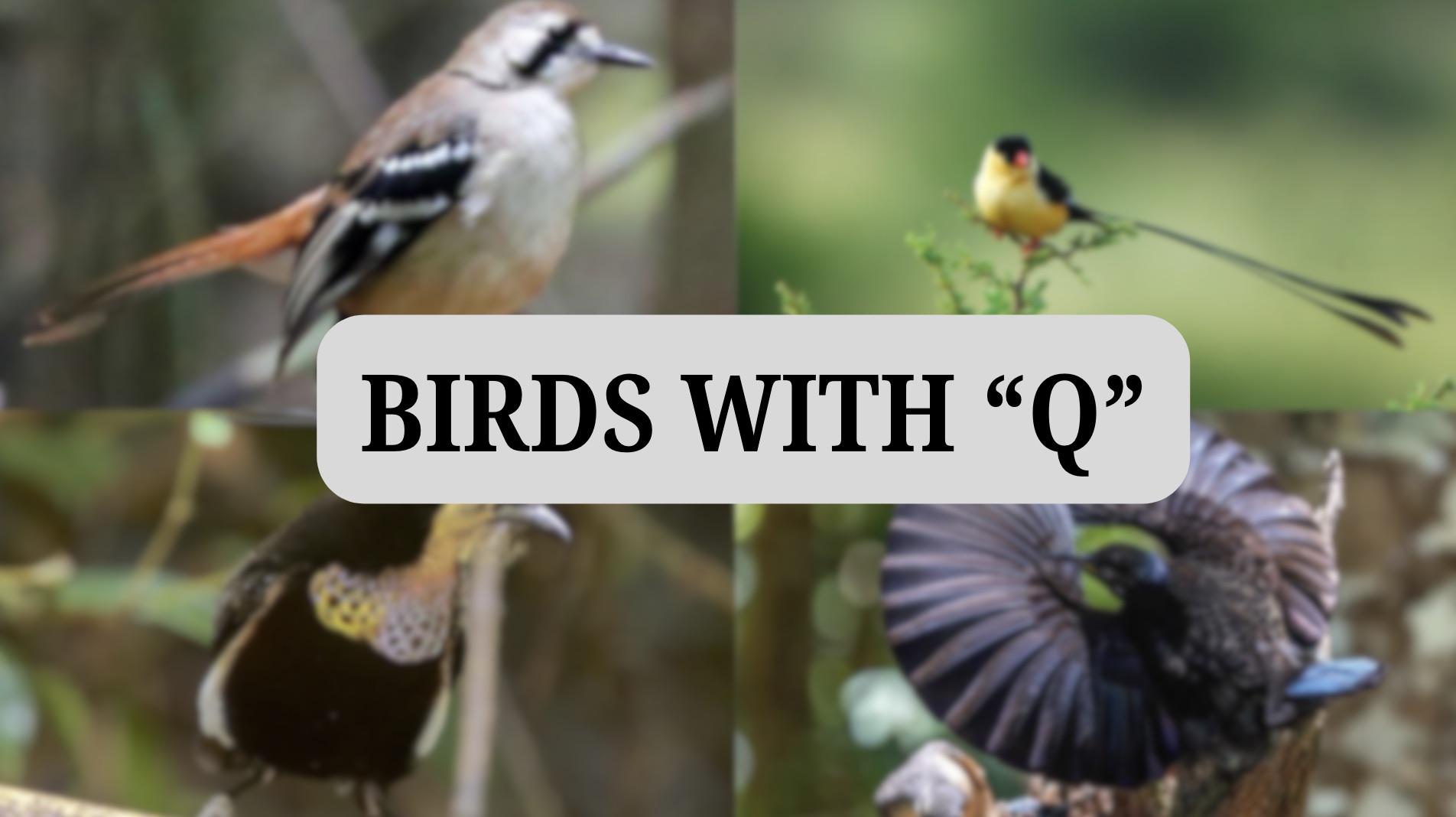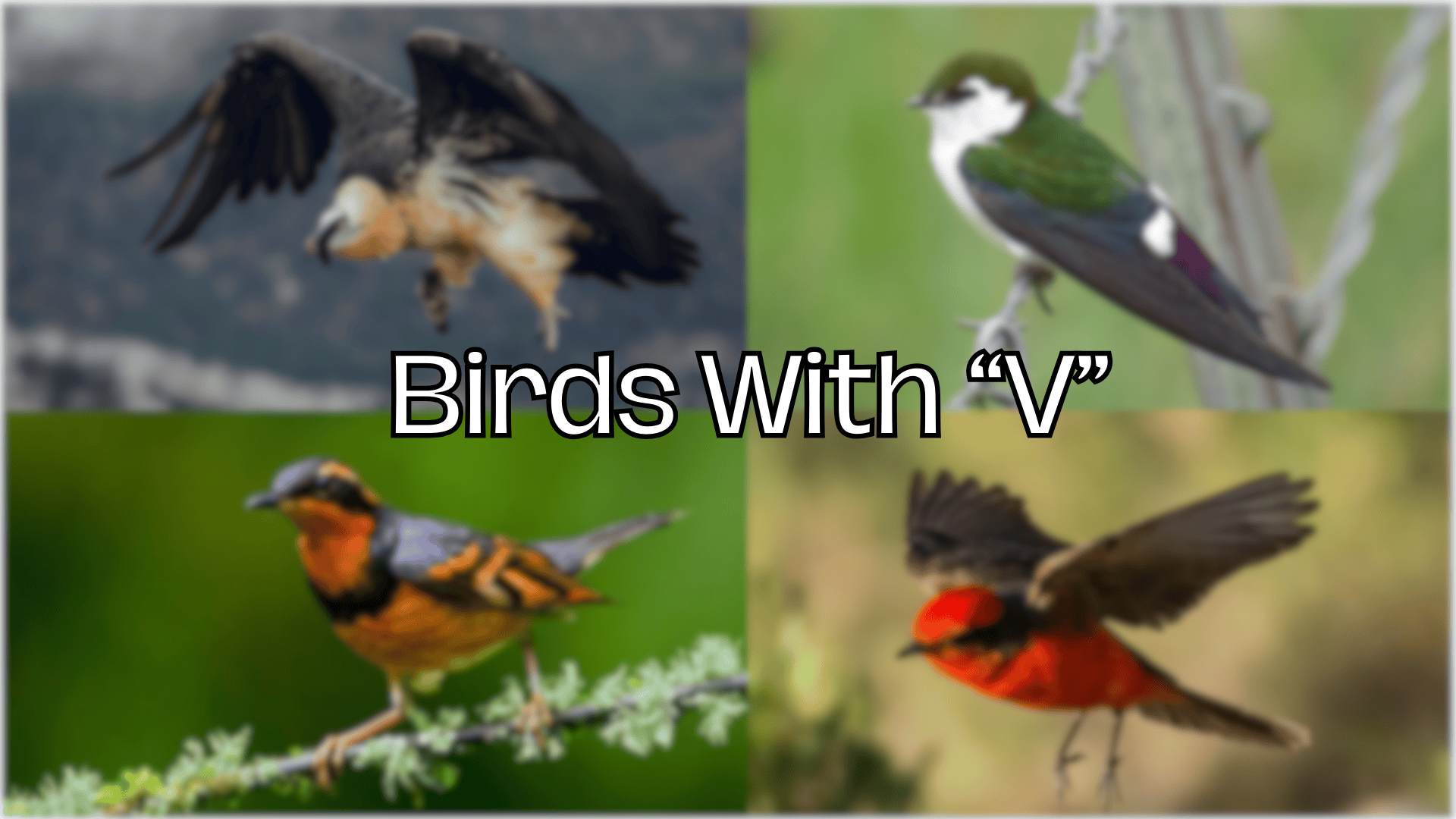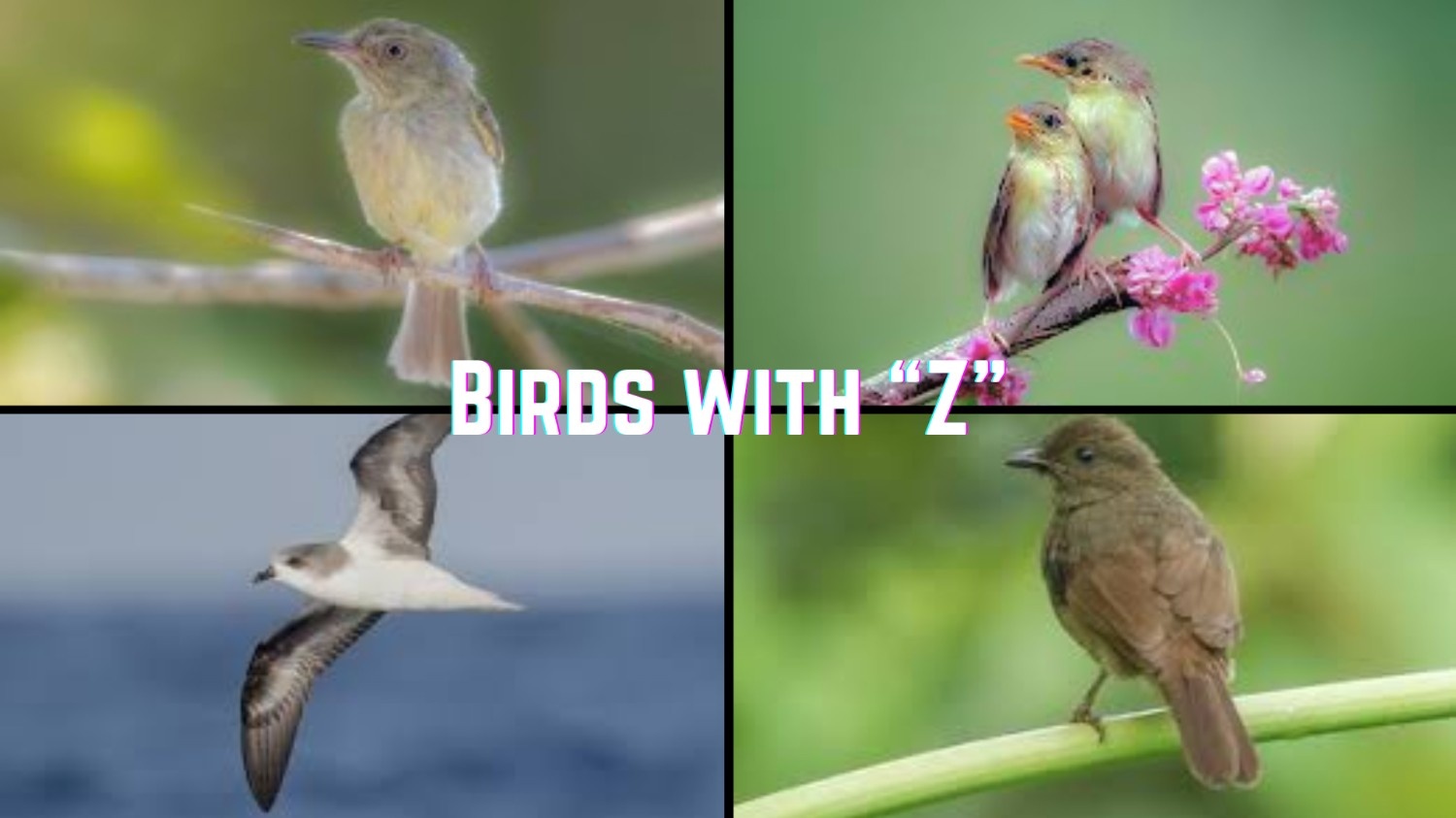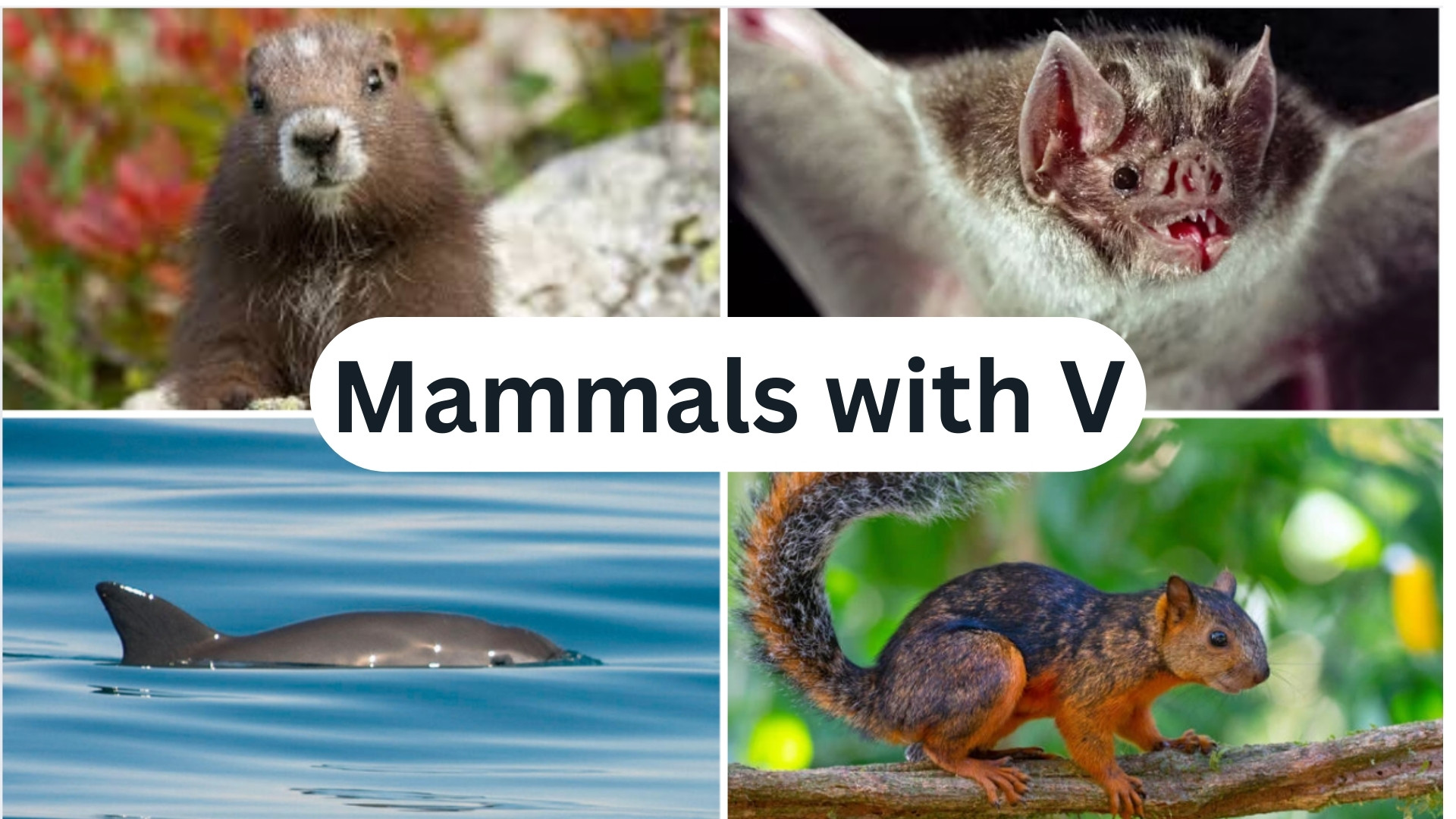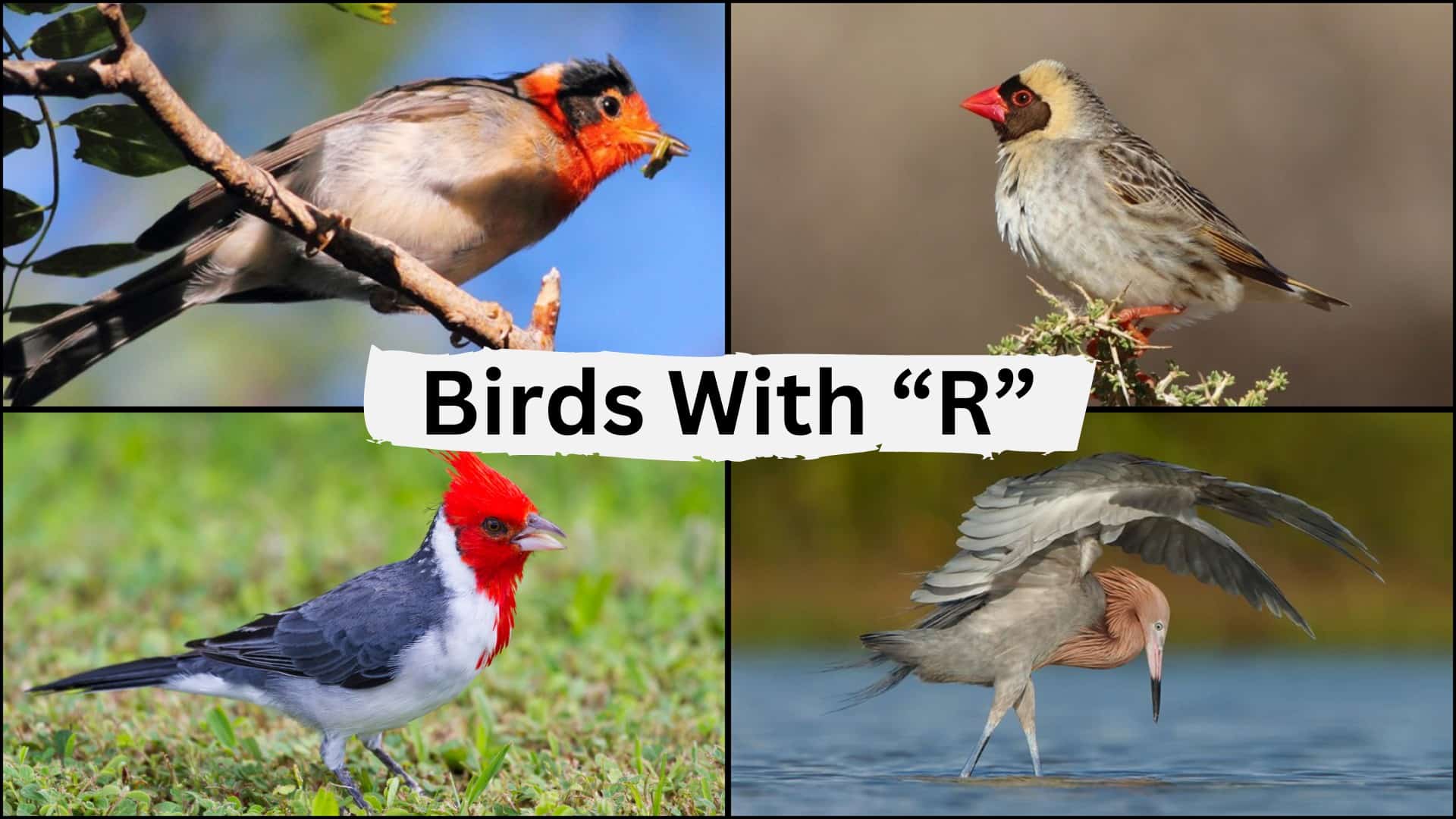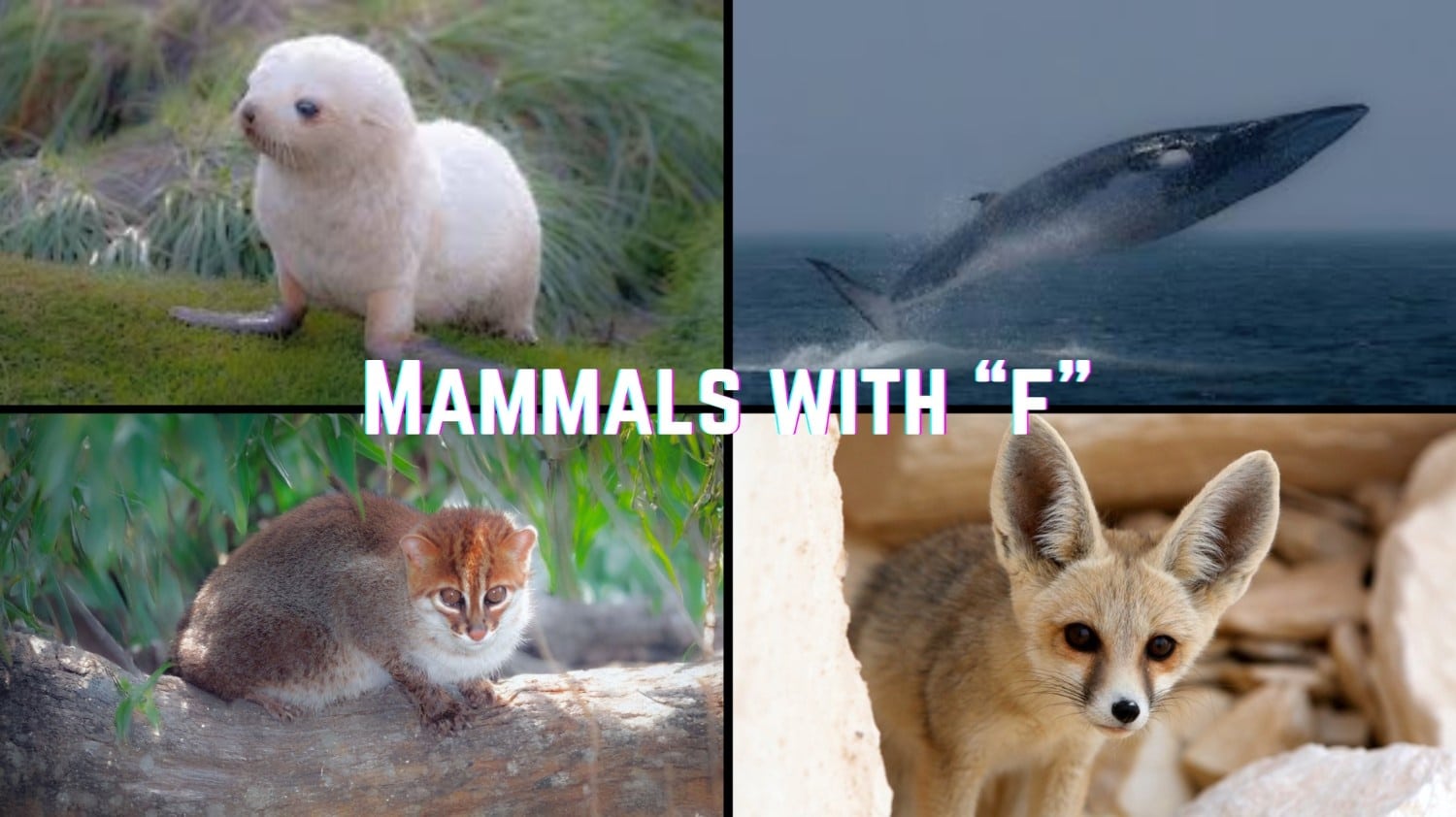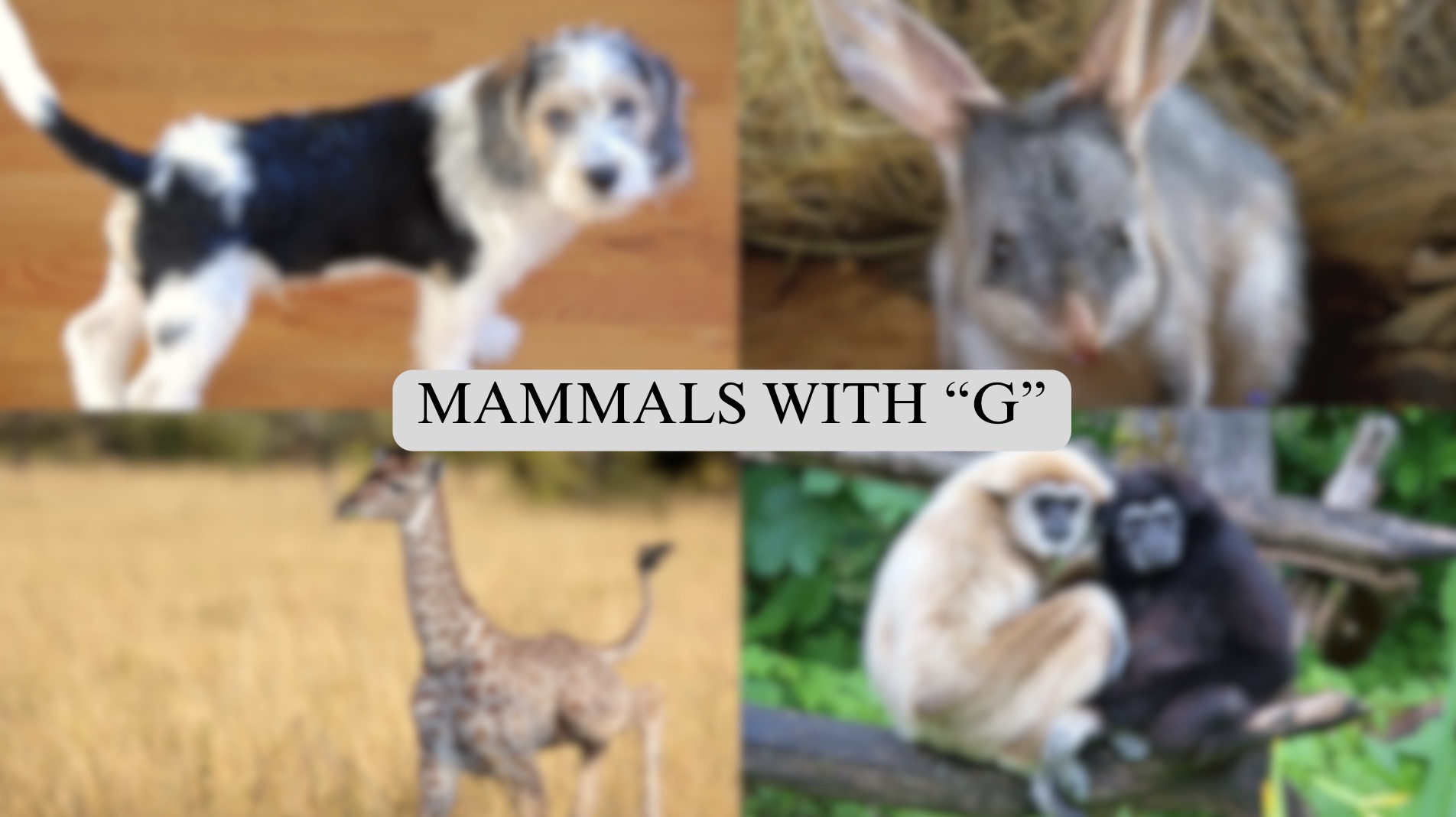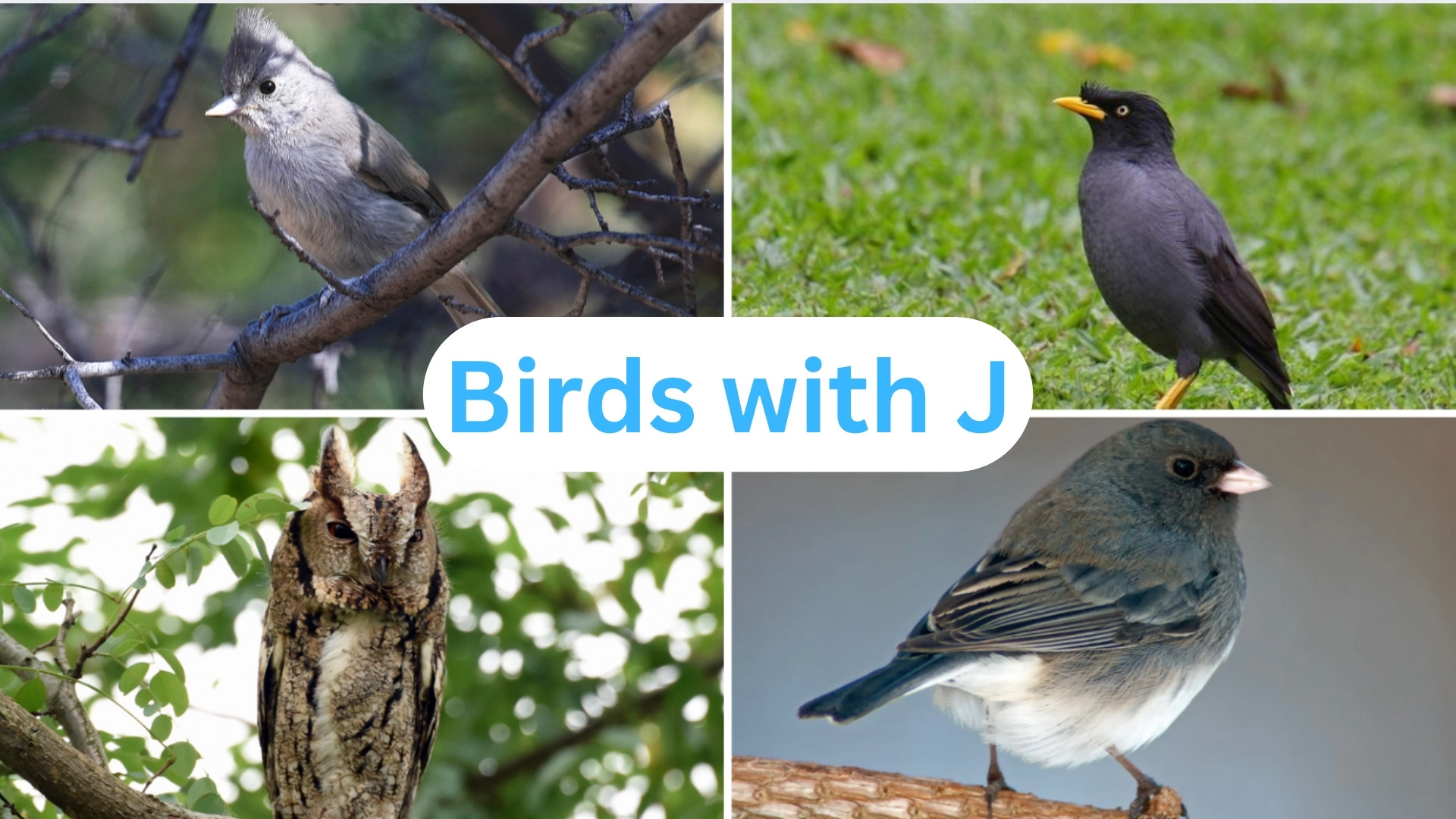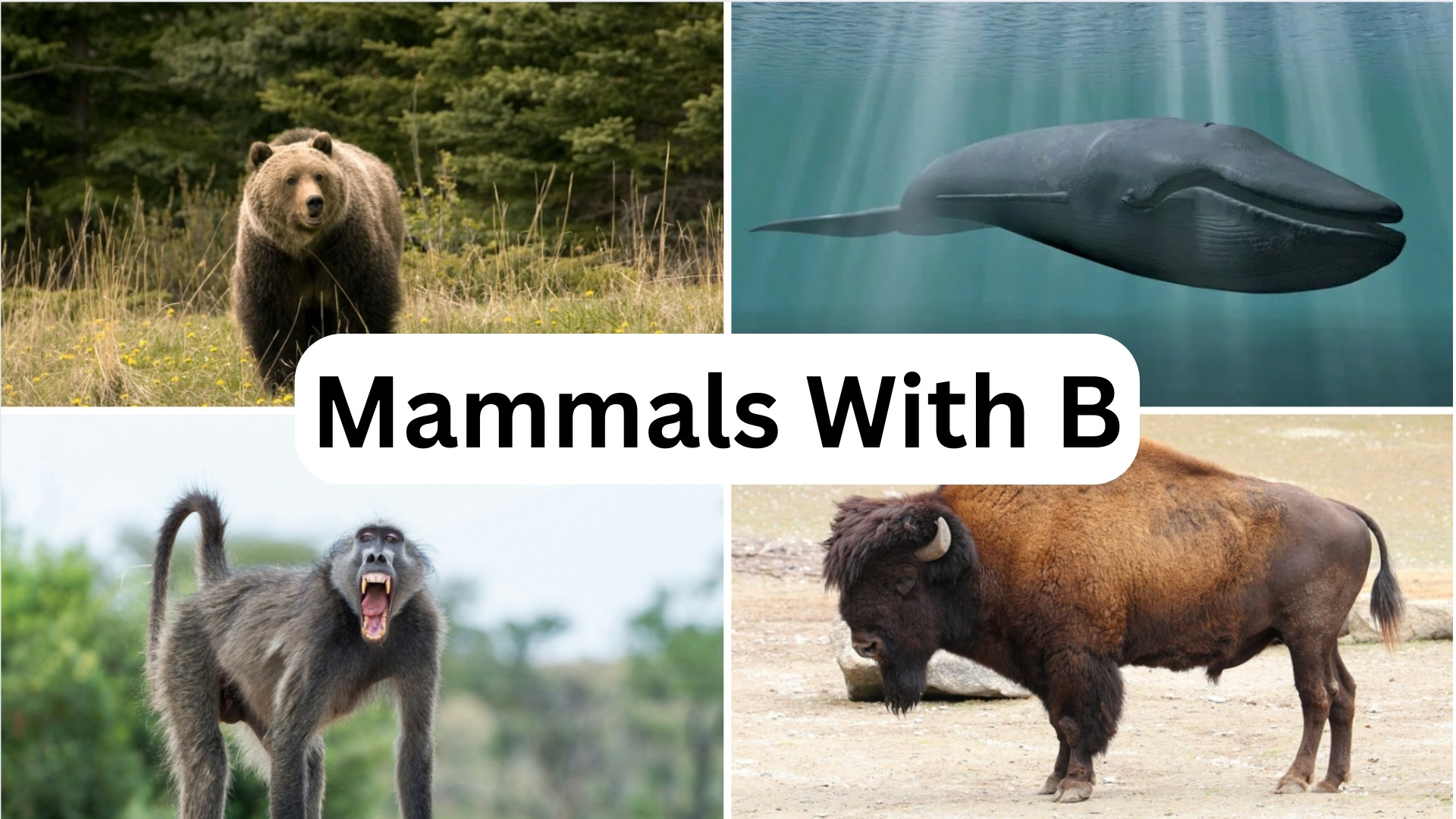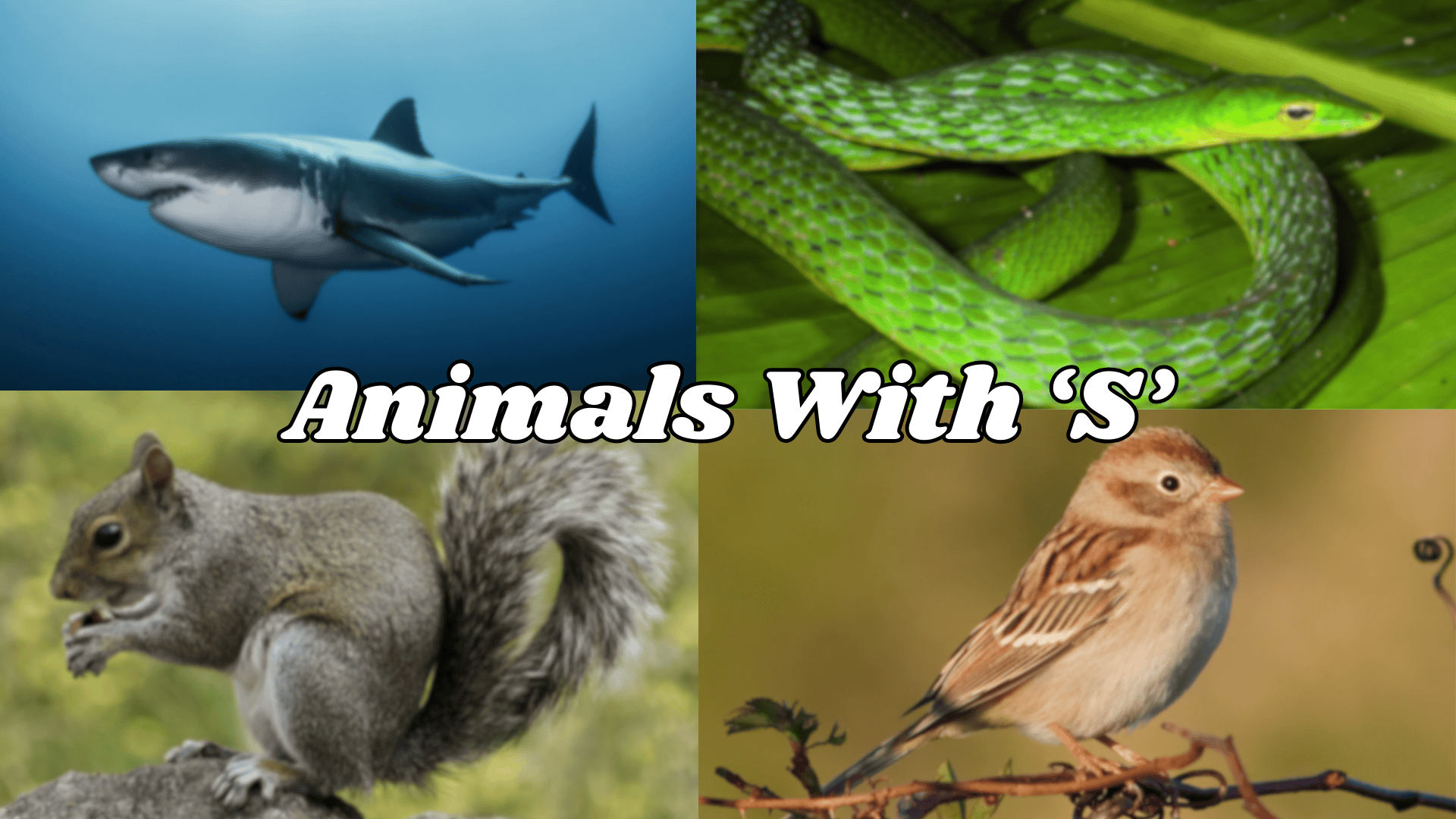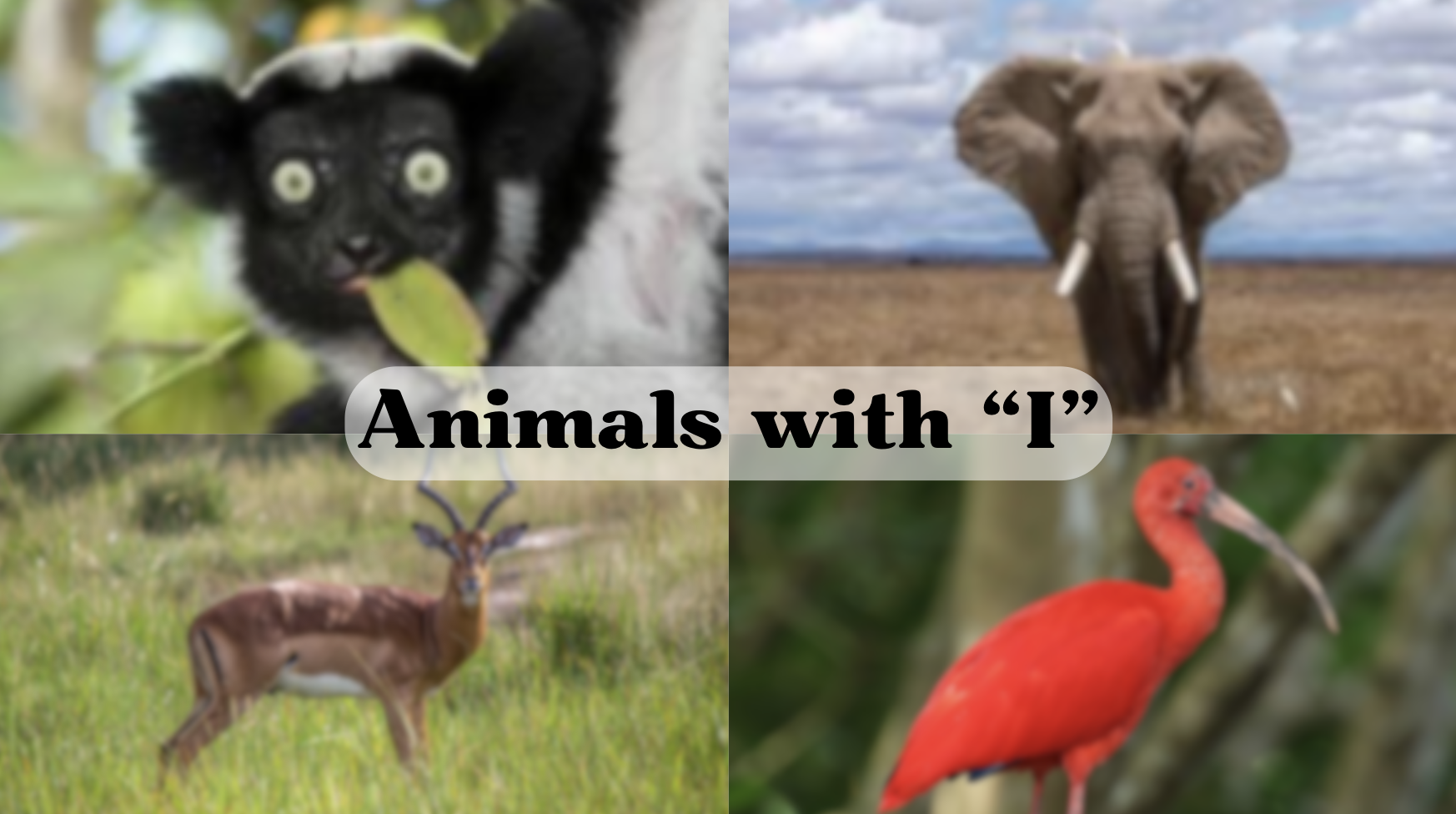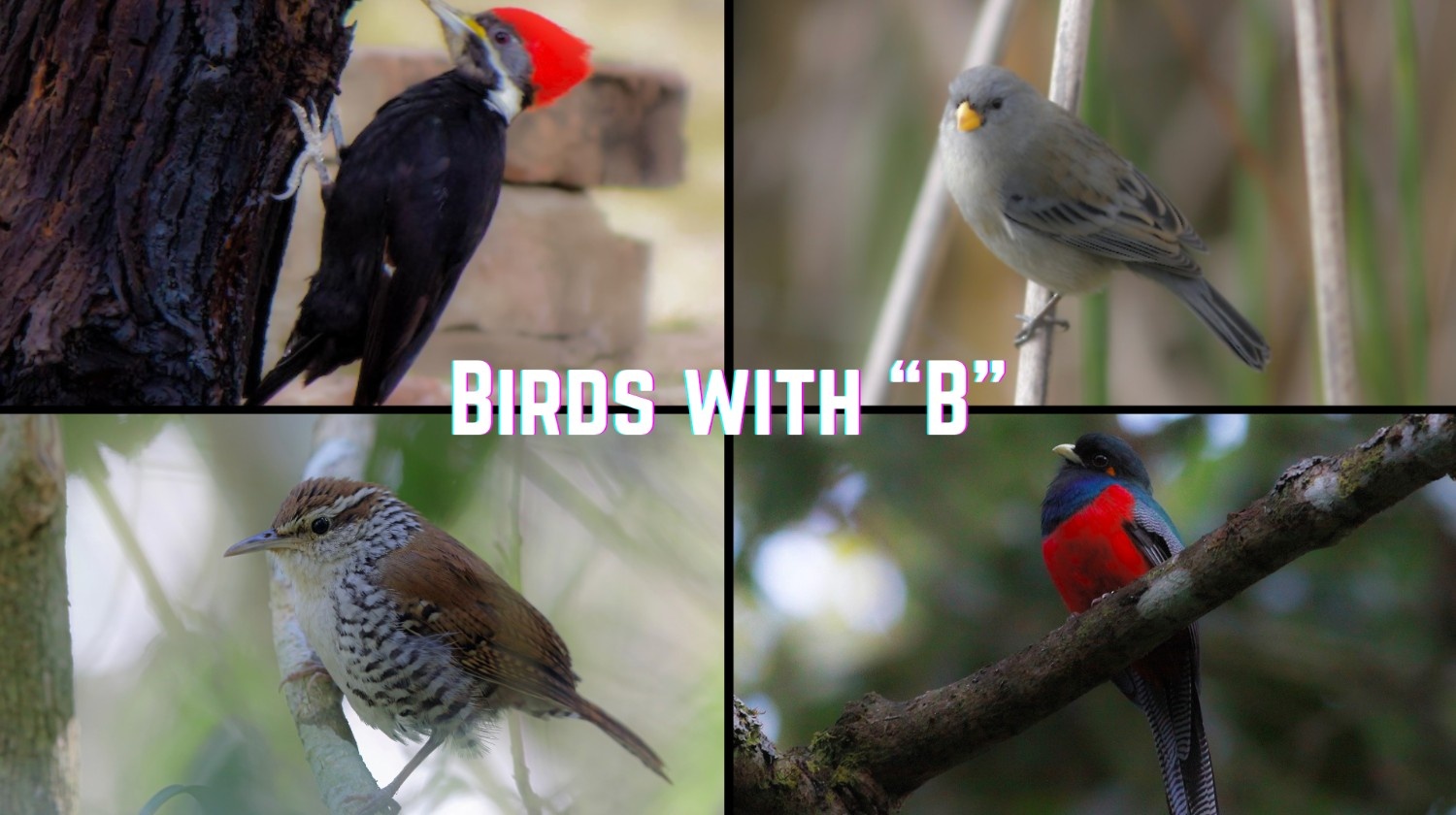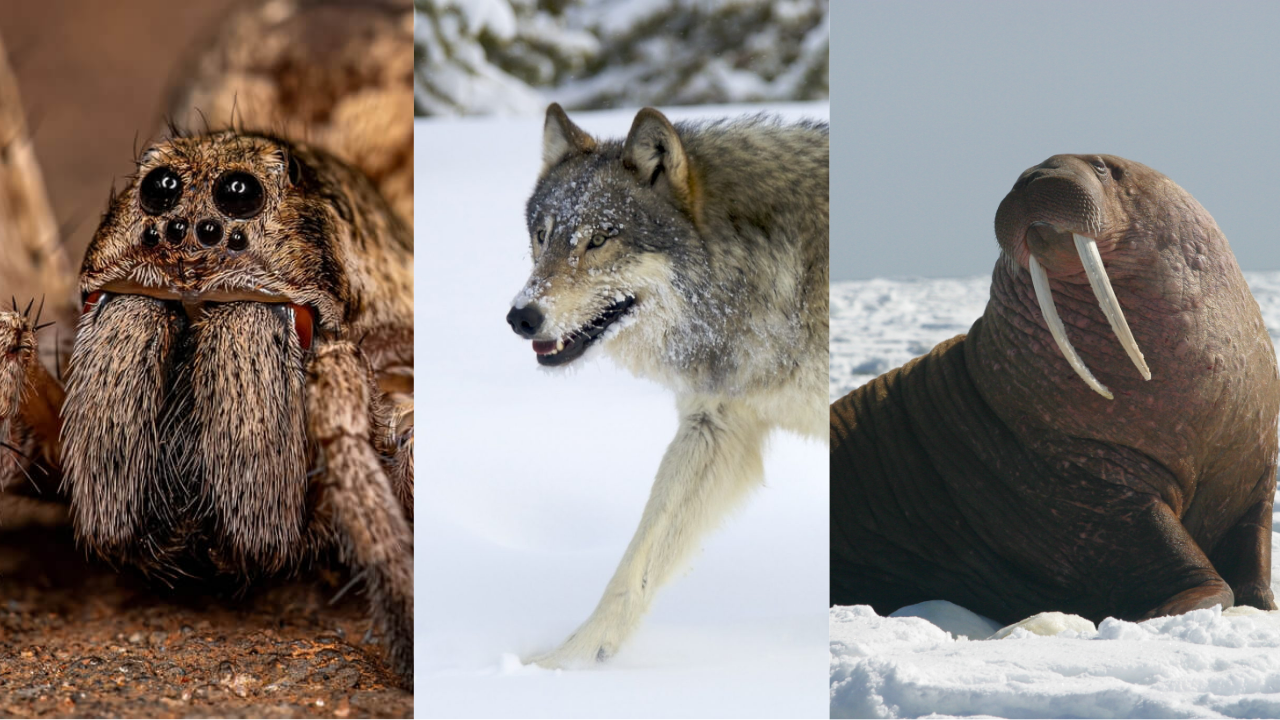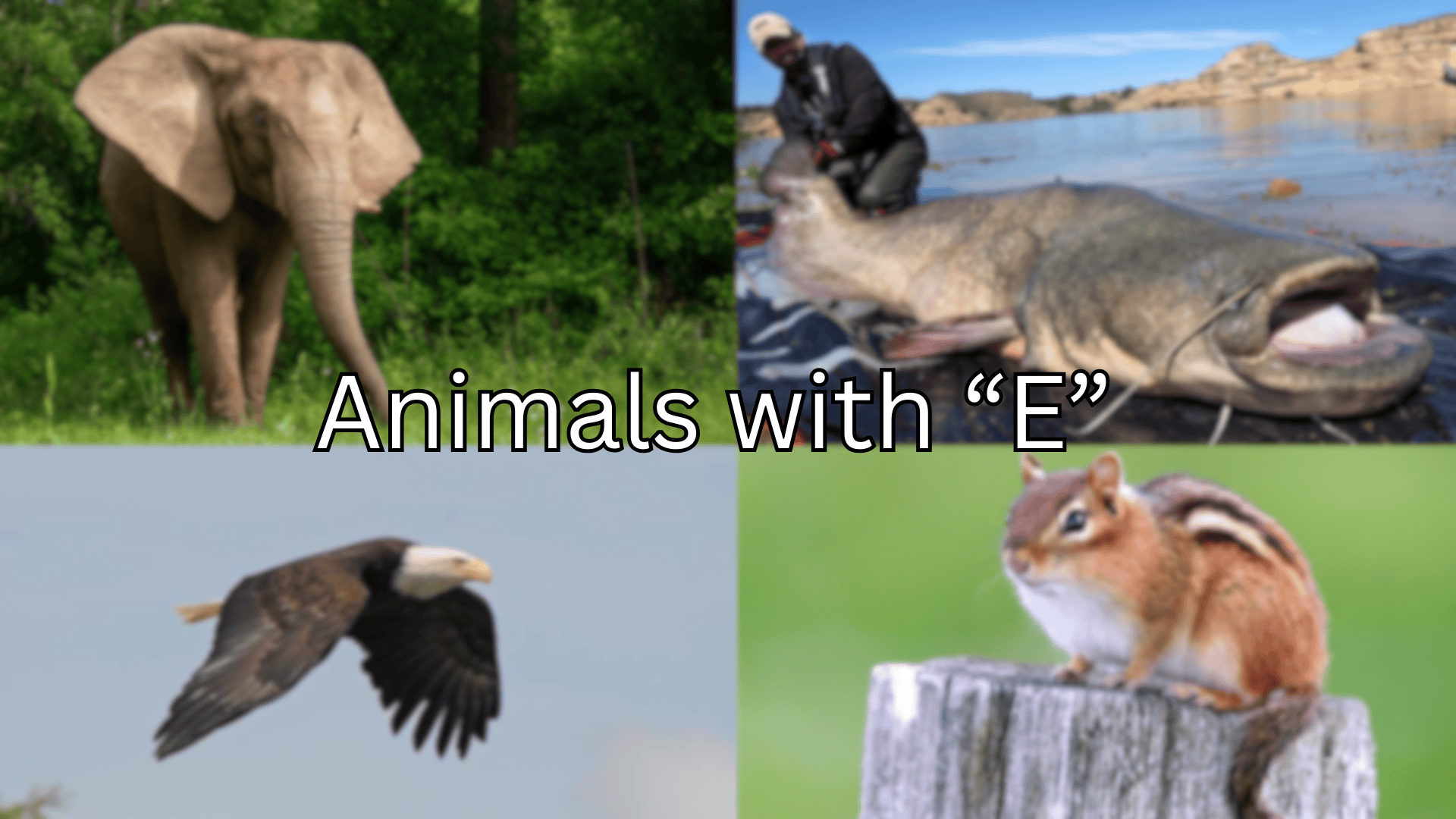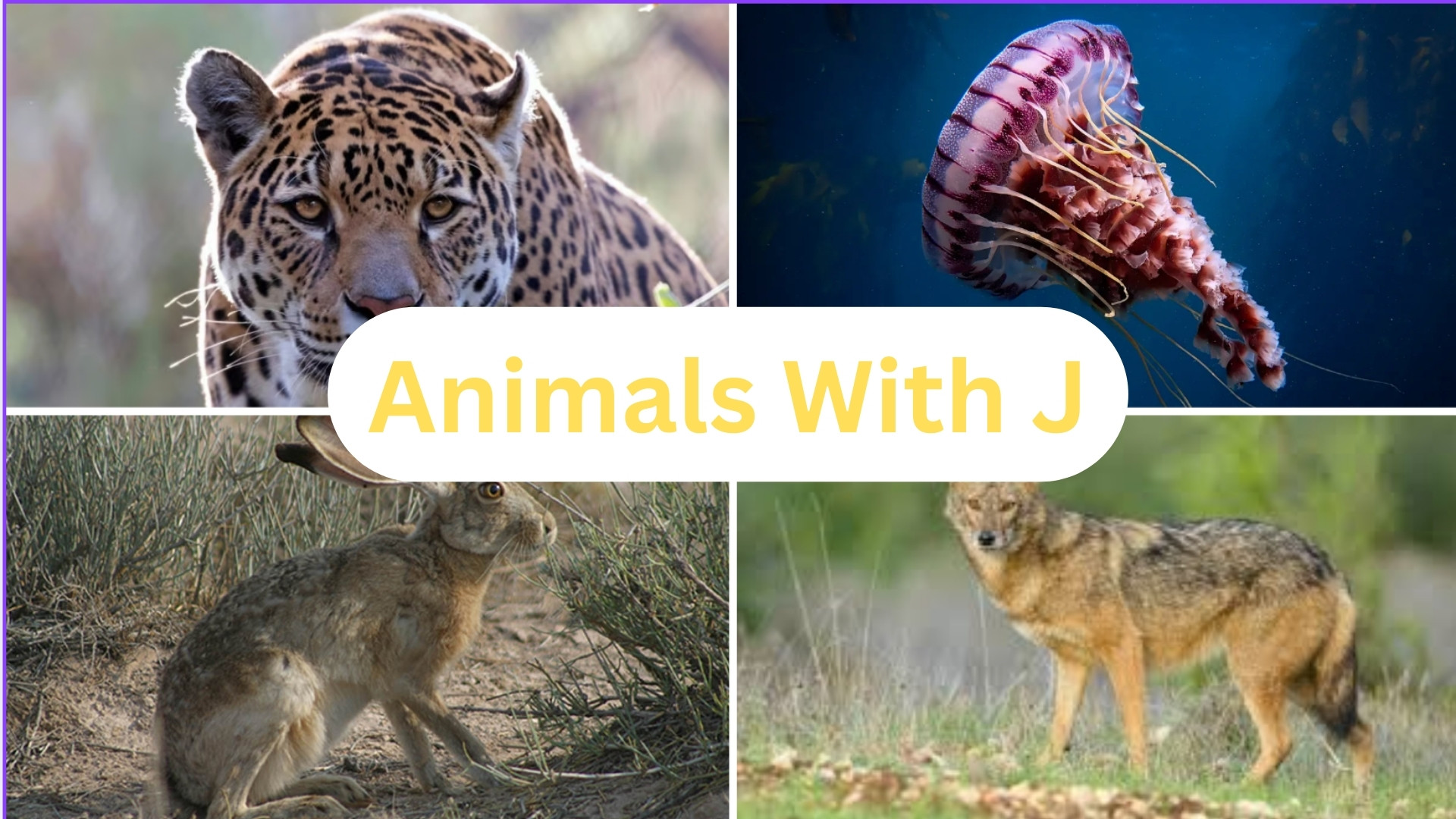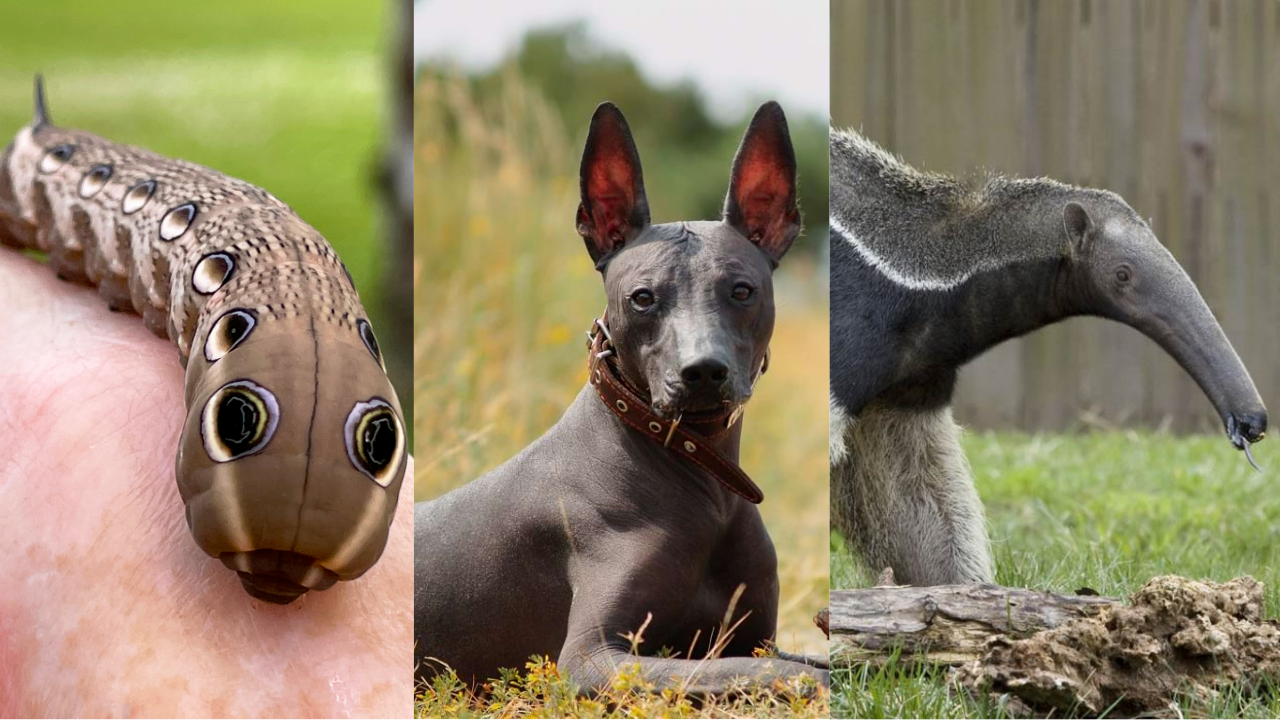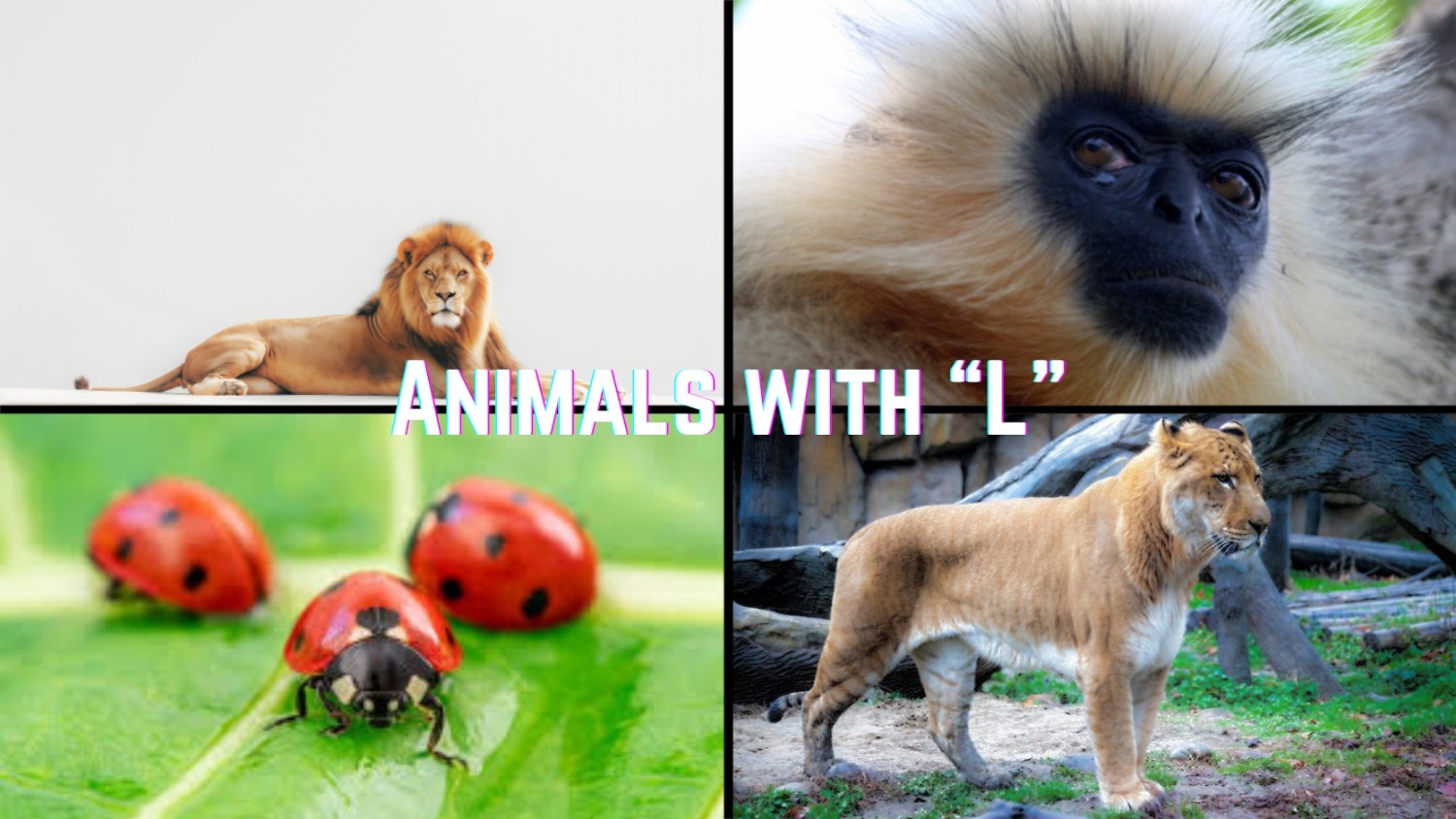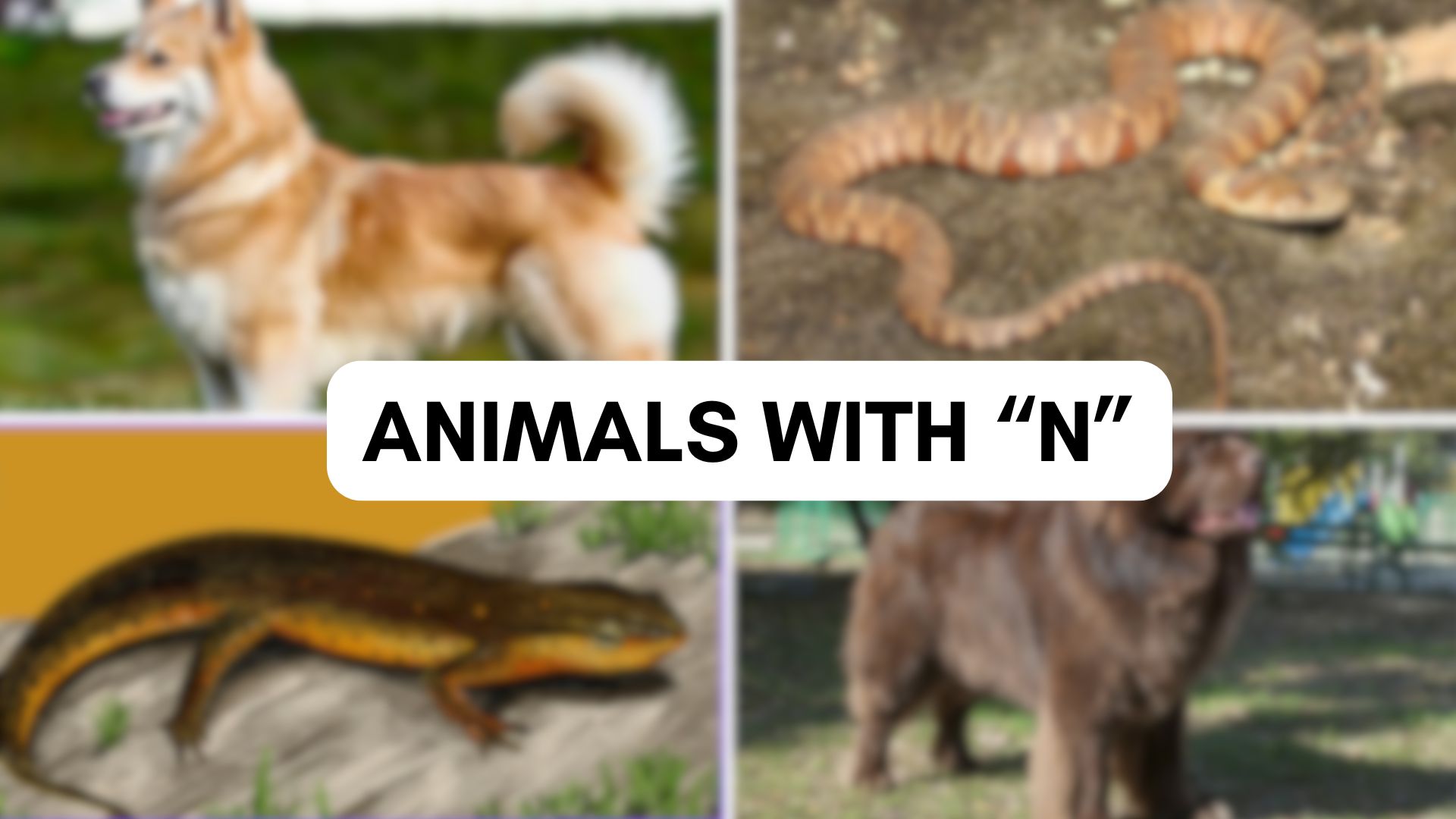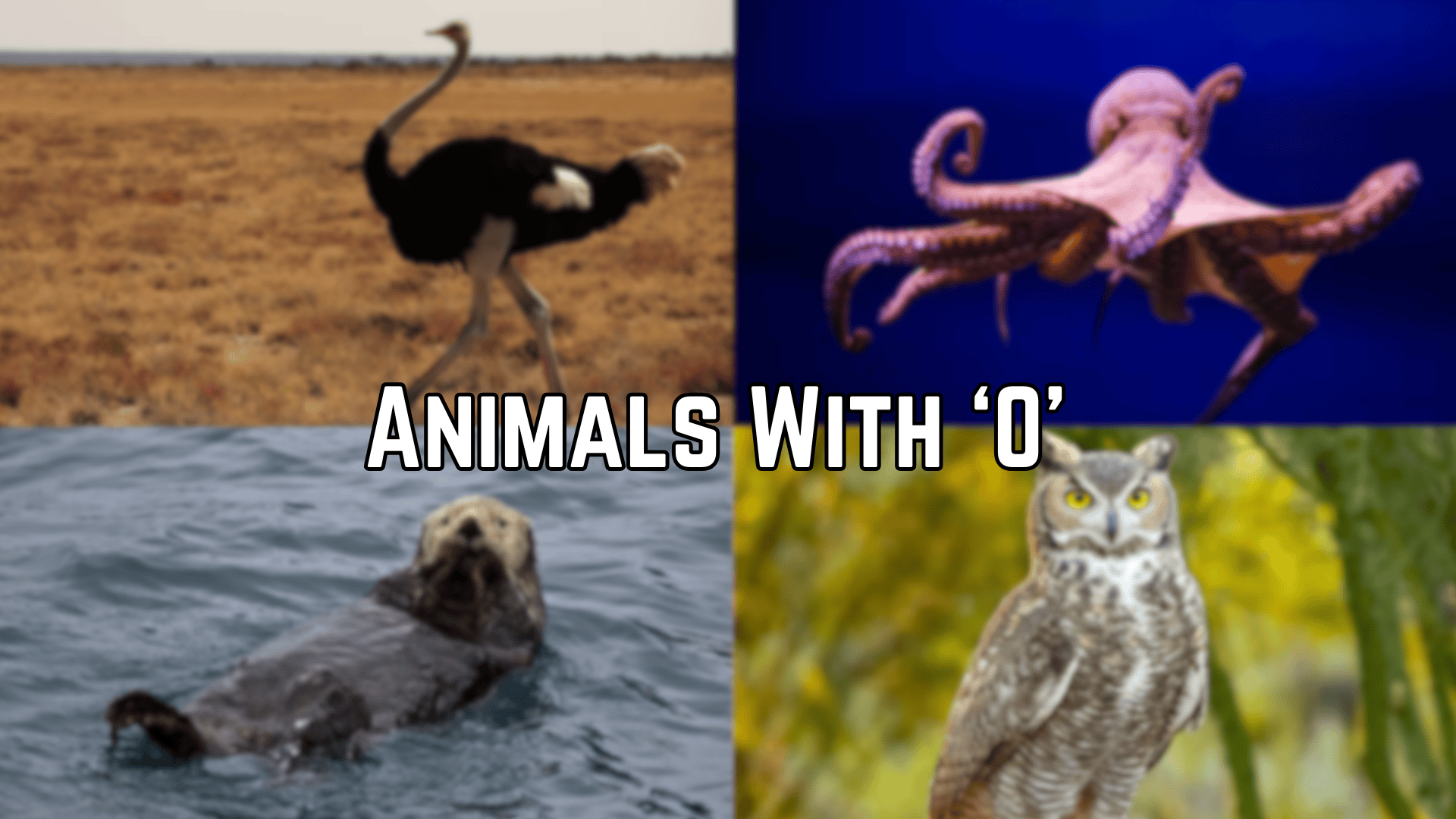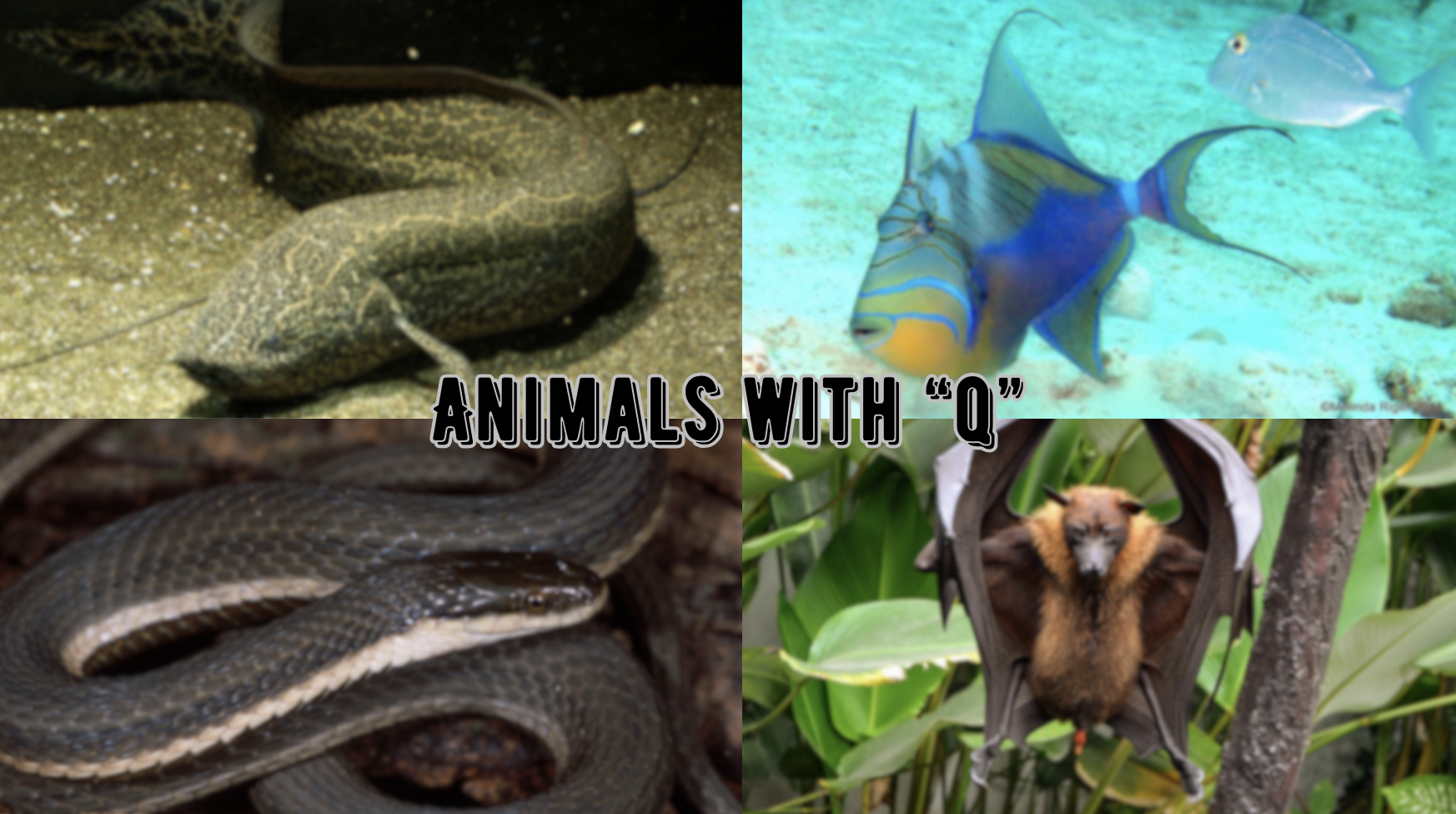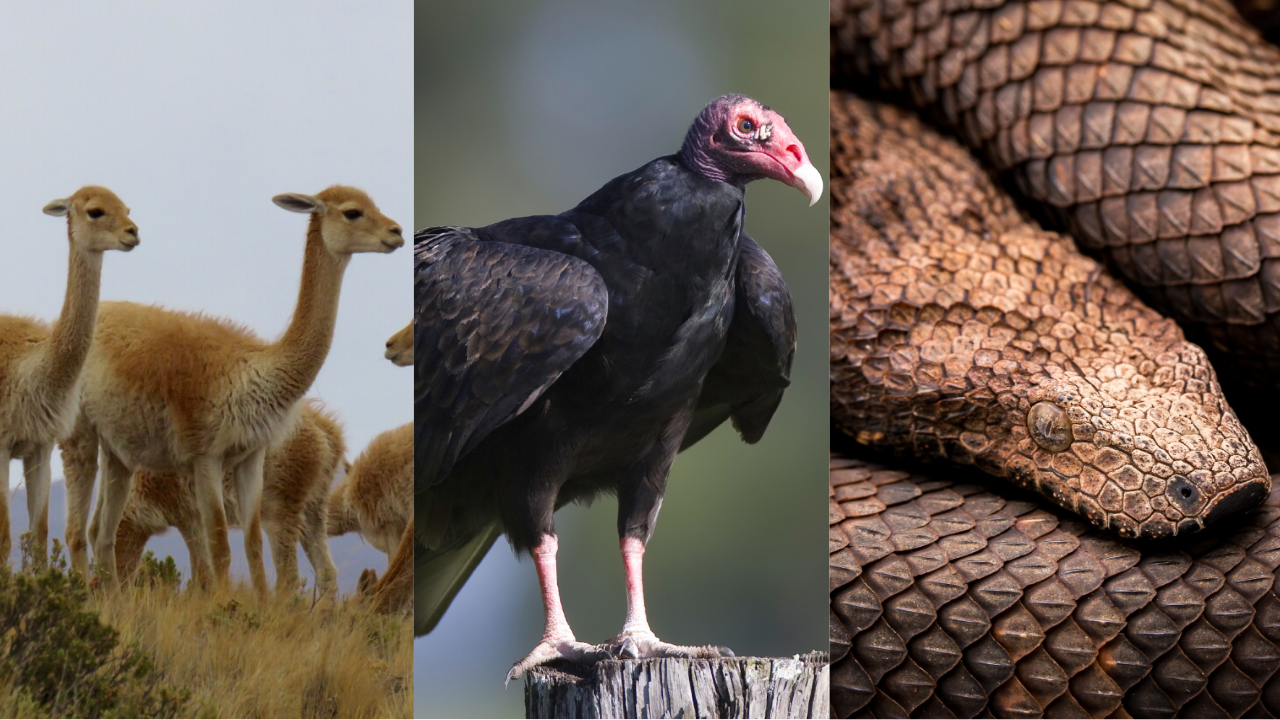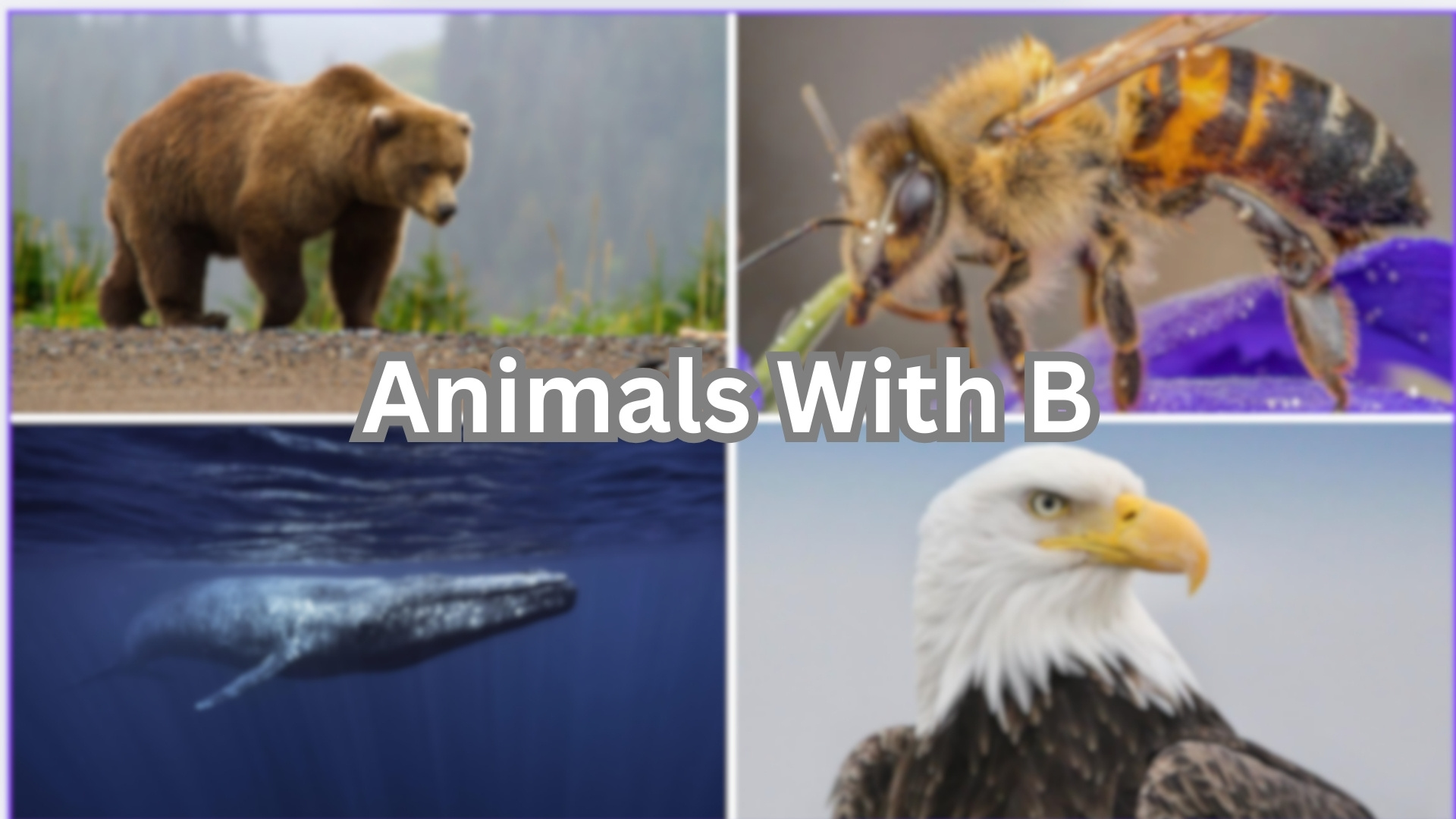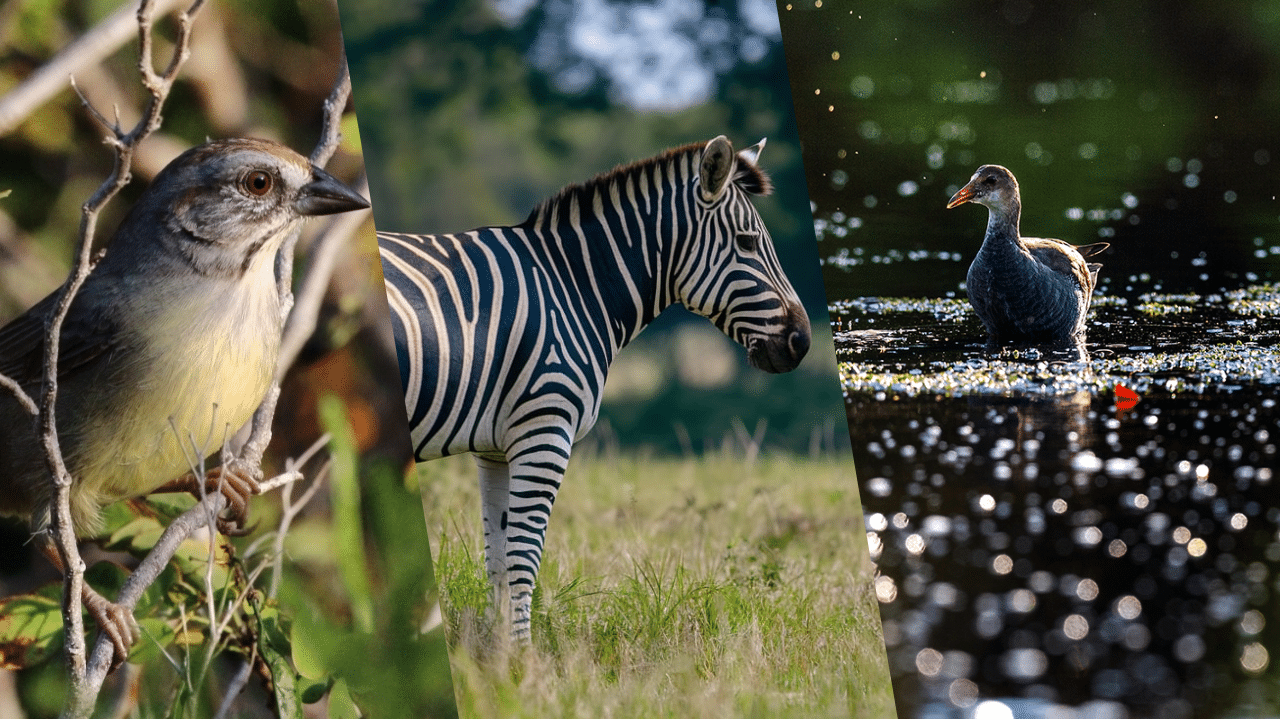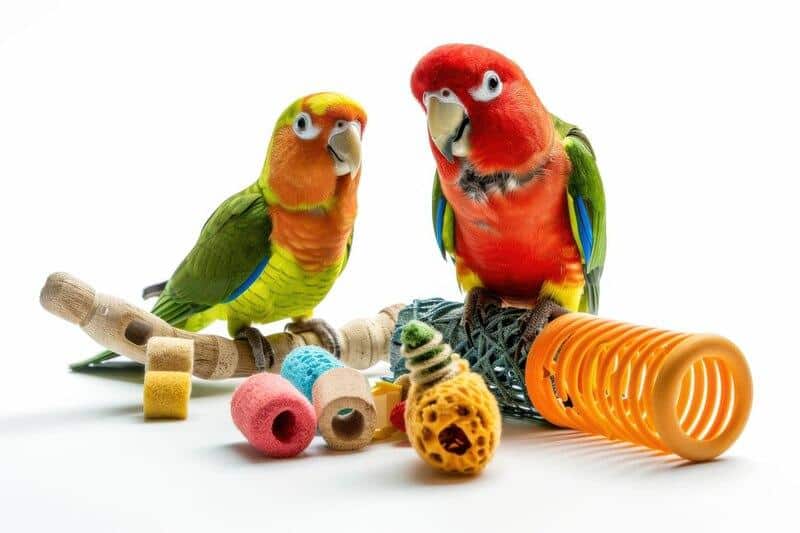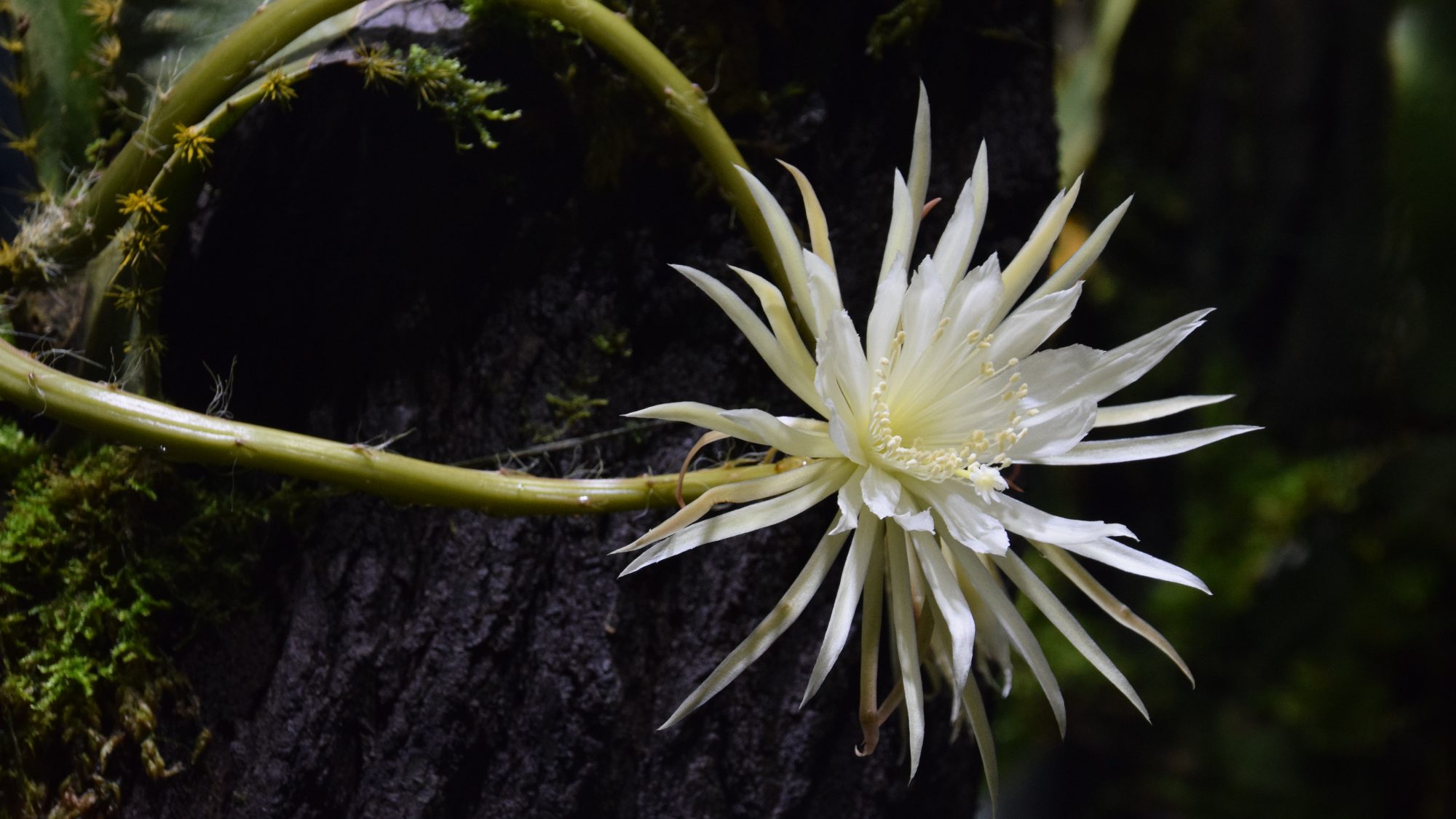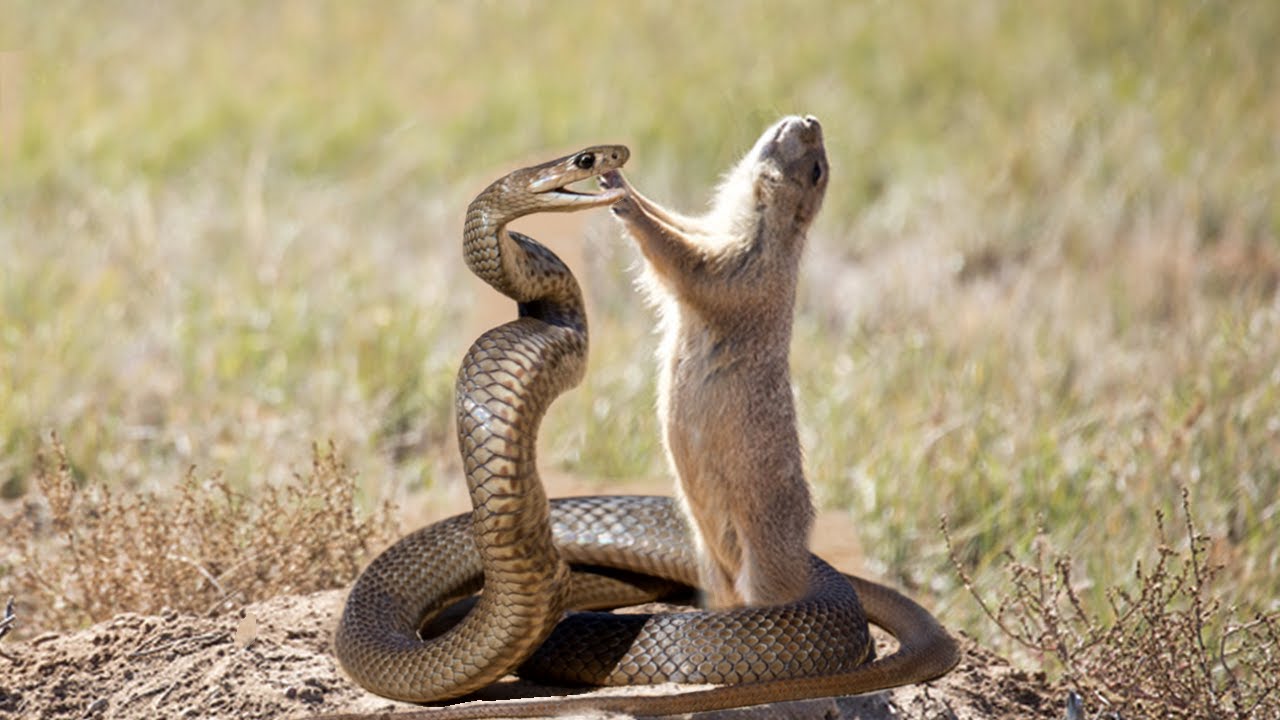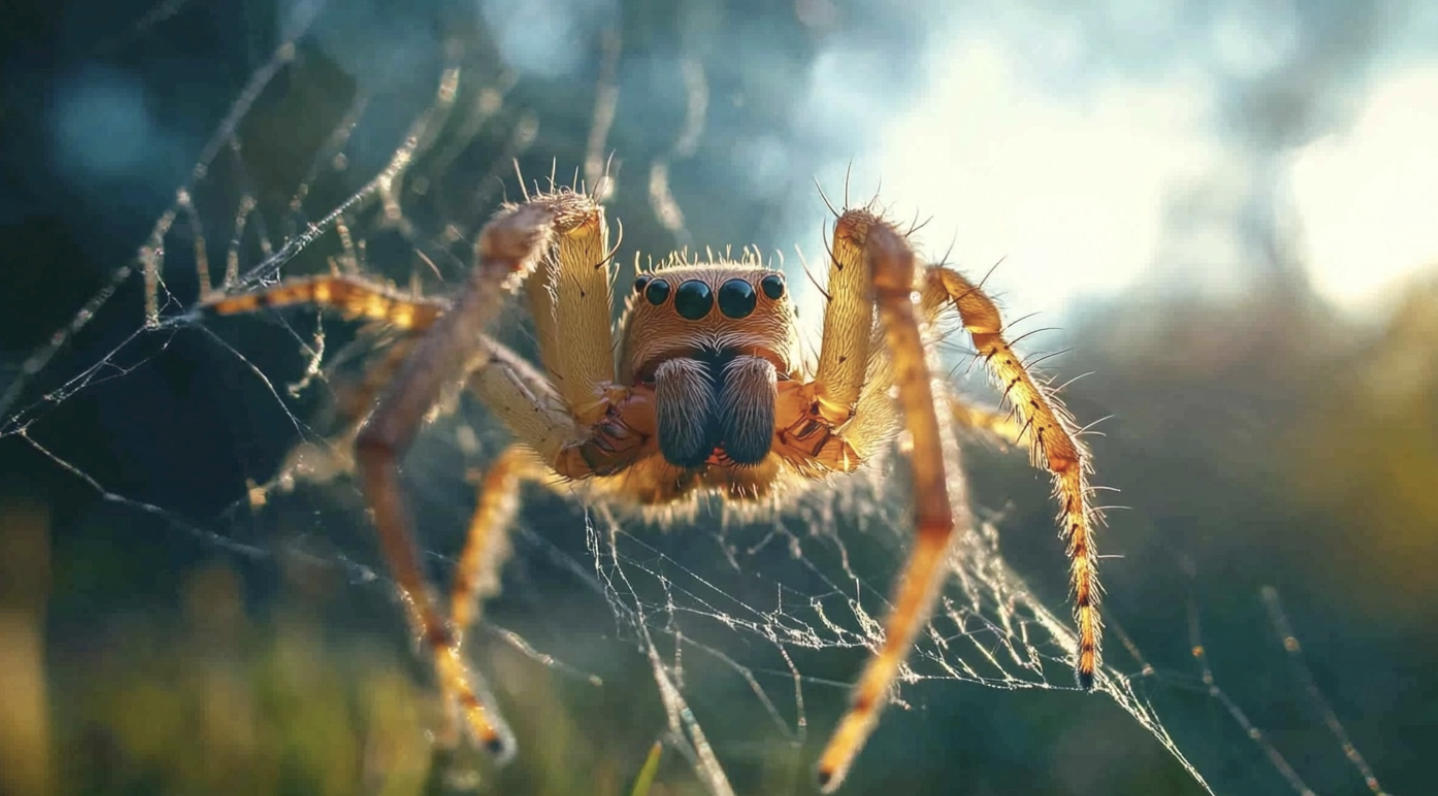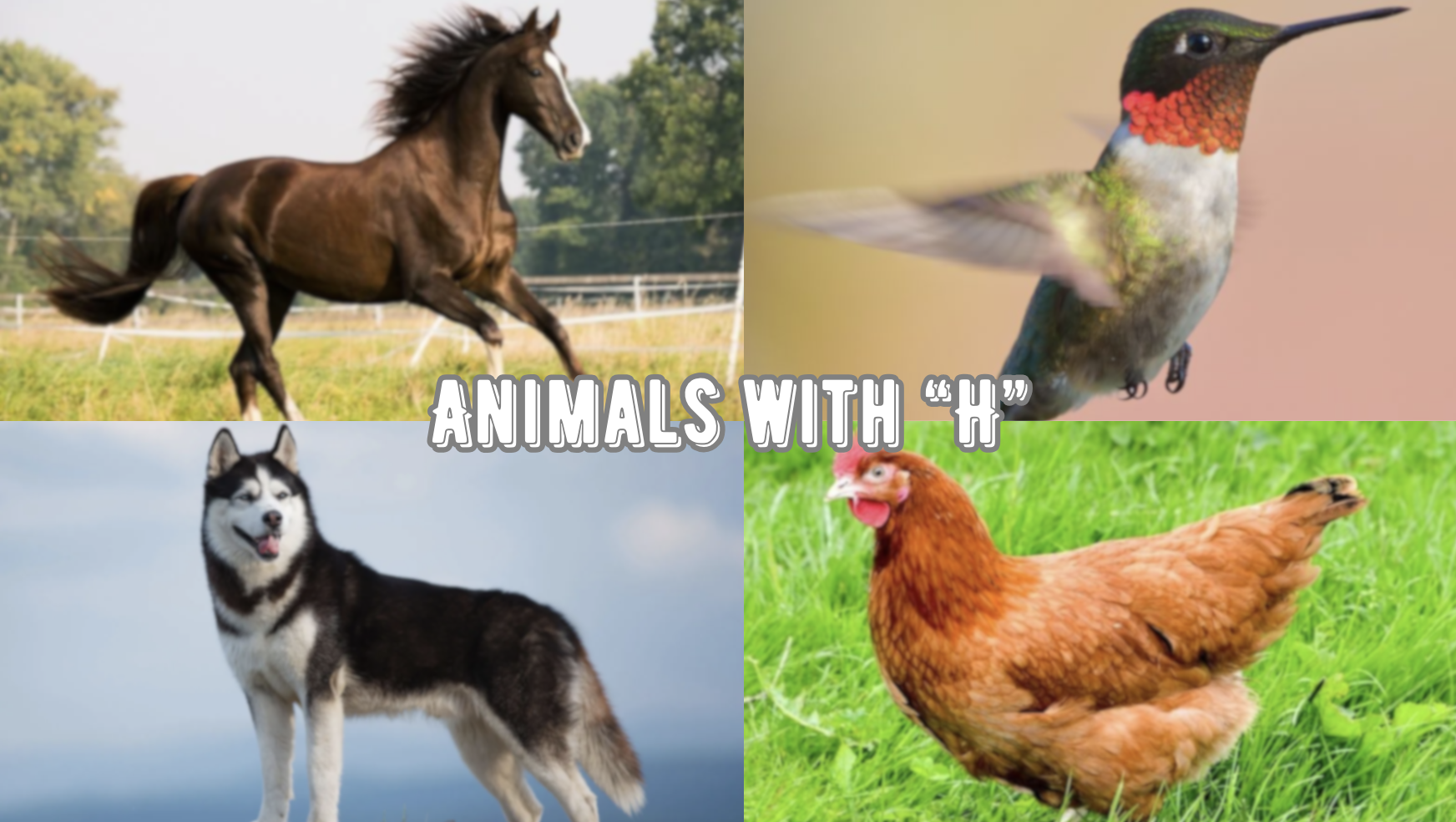
Learn the alluring world of animals that start with H!
From the massive hippopotamus to the tiny hummingbird, H-animals showcase nature’s incredible diversity. These creatures inhabit various ecosystems around the globe, each playing a unique role in its environment.
Did you know hedgehogs curl into protective balls when threatened? Or that hamsters can store food equal to their body weight in their cheek pouches? The animal kingdom’s H-group includes both familiar pets and exotic wildlife.
Ready to examine these remarkable creatures? Let’s jump into the habitats, behaviors, and surprising facts about animals whose names begin with H. Which one will become your new favorite?
What H-animal would you like to learn about first?
Common Animals
1. Haddock
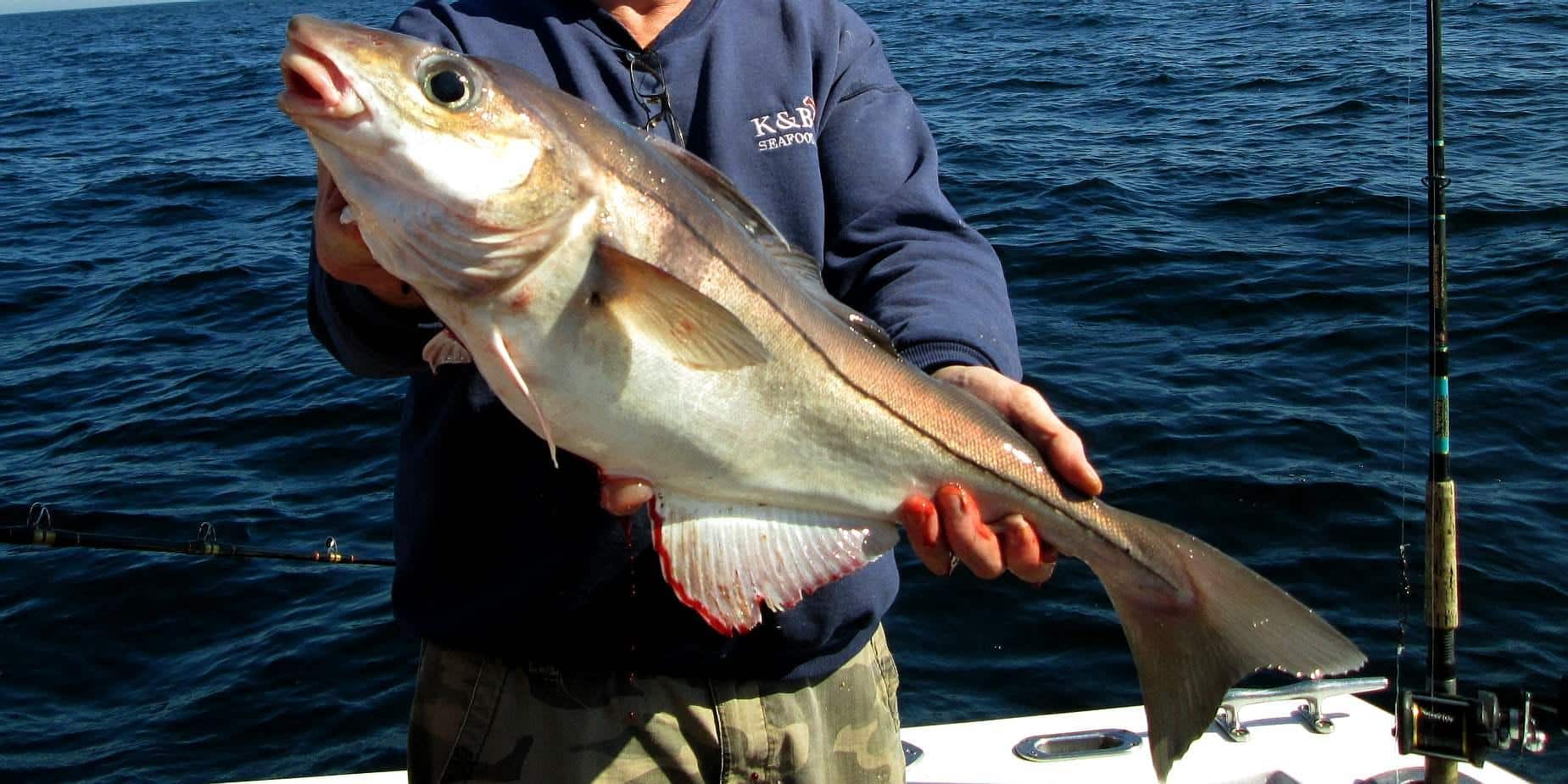
Haddock is a fish commonly found in the North Atlantic Ocean. It has a streamlined body with a distinctive black lateral line, a prominent chin barbel, and silvery-white scales.
The average size of a haddock is 18 to 24 inches long, with larger individuals reaching up to 40 inches.
Haddock is known for its mild flavor and is a popular fish for dishes like fish and chips.
-
Region of habitat: North Atlantic Ocean, primarily found in cold waters off the coasts of Europe and North America.
-
Scientific name: Melanogrammus aeglefinus
-
Feeding habits: Haddocks are carnivorous and feed primarily on smaller fish, crustaceans, and invertebrates. They detect food using their sensitive barbels.
-
What sound they make: Haddocks do not produce sounds. They communicate using body language and movements.
Fun Fact:
Haddock is often confused with cod, but it can be differentiated by the black spot on its lateral line. Its meat is often smoked, a method known as “finnan haddie” in Scotland.
2. Hake
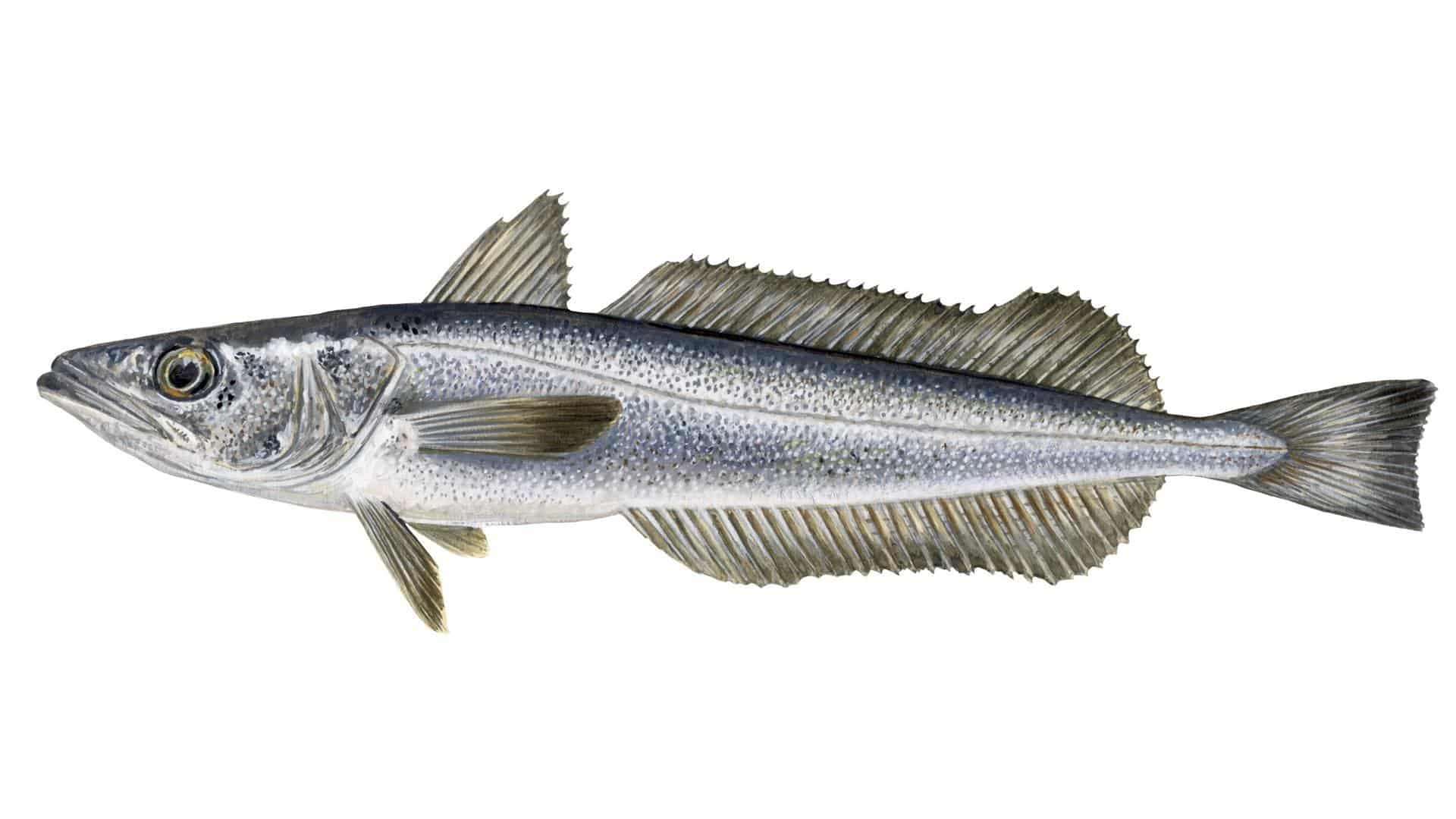
Hake is a type of fish found in the North Atlantic and North Pacific oceans. It has a slender body, silver-grey skin, and a long, pointed head.
Adult hake typically grow to lengths of 15 to 30 inches, though some can reach up to 40 inches. Due to their mild, flaky flesh, hake is an important commercial fish.
-
Region of habitat: North Atlantic and North Pacific Oceans, primarily near the continental shelf.
-
Scientific name: Merluccius (various species)
-
Feeding habits: Hake are predatory fish that feed on smaller fish, squid, and crustaceans. They hunt in deep waters and are known for their speed.
-
What sound they make: hake do not produce audible sounds but communicate through movement and body language.
Fun Facts:
Hake is an important food source for many marine animals, including seabirds and larger fish. Its flesh is prized for its mild texture and is often used in cooking across Europe and the Americas.
3. Halibut
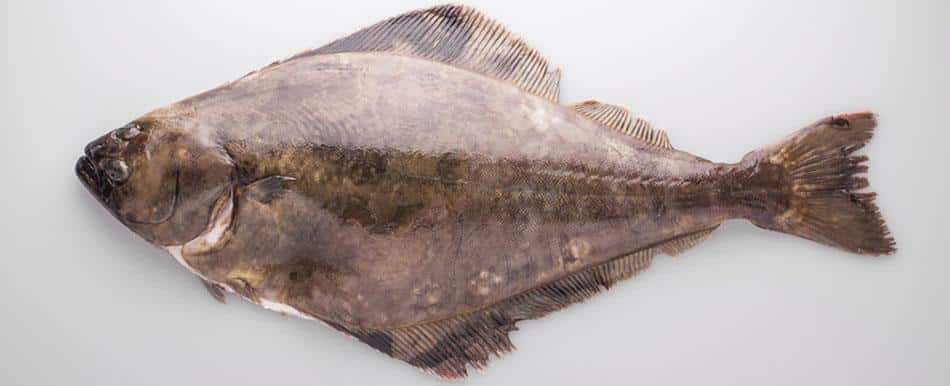
Halibut are large flatfish native to the cold waters of the North Pacific and North Atlantic oceans. They have a broad, diamond-shaped body with both eyes on one side of their head.
Halibuts are among the largest fish in the world, with some individuals weighing over 500 pounds and reaching lengths of up to 8 feet.
-
Region of habitat: North Pacific and North Atlantic Oceans, particularly along the coasts of Canada, Alaska, and Norway.
-
Scientific name: Hippoglossus hippoglossus (atlantic), Hippoglossus stenolepis (pacific)
-
Feeding habits: halibuts are carnivorous bottom feeders, consuming smaller fish, squid, and crustaceans. They hunt by ambushing their prey from the ocean floor.
-
What sound they make: halibuts do not produce vocal sounds but communicate through movements and body language.
Fun Facts:
Halibut is known for its unique Ability to Change Color to blend with its environment, Allowing It to Camouflage. Despite Their Large Size, Halibut Are Fast Swimmers and Can Cover Long Distances in Search of Food.
4. Hamster
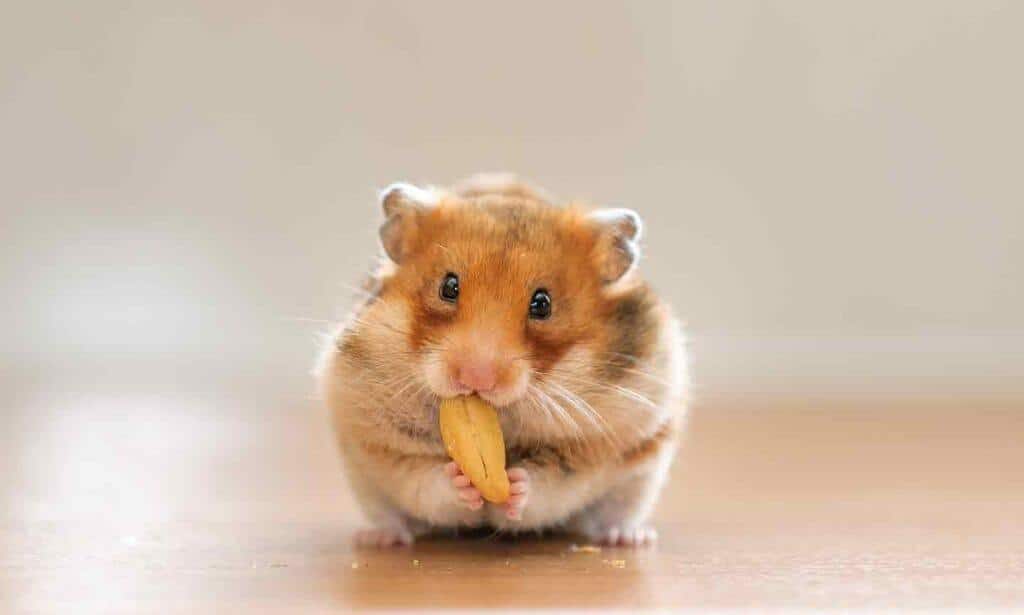
Hamsters are small rodents known for their cheek pouches, which they use to store food. They are typically nocturnal, with a body length of about 6 inches and a round, compact build.
Hamsters are kept as pets worldwide, especially due to their easy care and playful nature.
-
Region of habitat: native to europe, asia, and the middle east, hamsters are now widespread as pets in homes globally.
-
Scientific name: Mesocricetus auratus (Syrian hamster), Cricetus cricetus (european hamster)
-
Feeding habits: hamsters are omnivores and feed on a variety of seeds, vegetables, fruits, and, occasionally, insects. They store food in their cheek pouches to transport it to their burrows.
-
What sound they make: Hamsters communicate using squeaks, chirps, and growls to express distress or contentment.
Fun Facts:
Hamsters can run up to 8 miles per night on a hamster wheel. They have poor eyesight and rely heavily on their sense of smell to guide.
5. Harbor Porpoise

The harbor porpoise is a small marine mammal, with a stocky body and a rounded, blunt snout.
Harbor porpoises have grayish bodies with light undersides. They grow to lengths of 4 to 6 feet and are known for their agility in the water.
-
Region of habitat: coastal waters of the North Atlantic and North Pacific Oceans, primarily in Europe, North America, and Asia.
-
Scientific name: Phocoena phocoena
-
Feeding habits: Harbor porpoises are carnivores, feeding on small fish, squid, and crustaceans. They hunt in shallow waters, diving to capture prey.
-
What sound they make: Harbor porpoises produce high-frequency clicks and whistles for communication and echolocation.
Fun Facts:
Harbor porpoises are one of the smallest species of cetaceans. They are known to be shy and often avoid boats, making them less visible than other marine mammals.
6. Harbor Seal
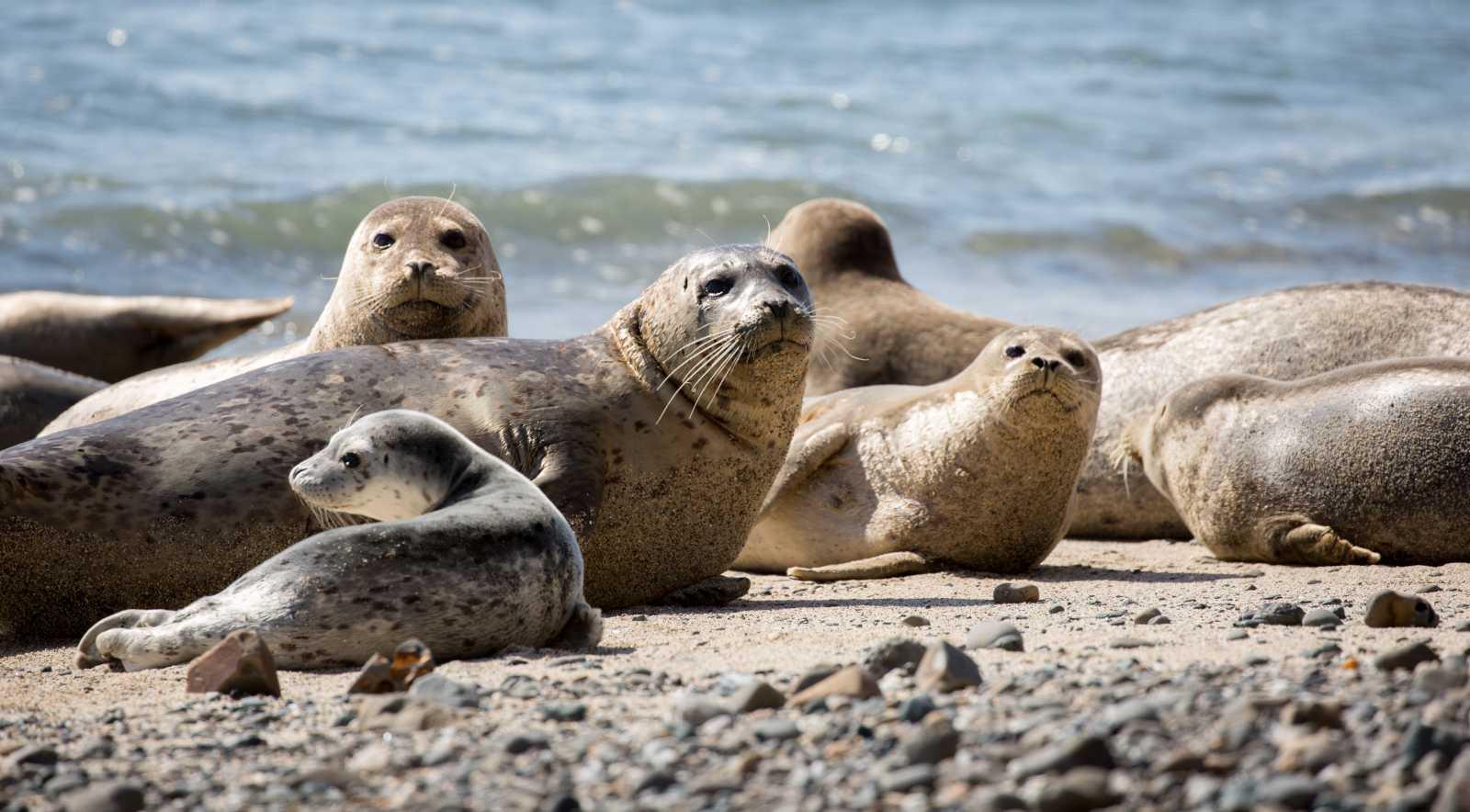
The harbor seal is a medium-sized seal with a stocky body and a spotted or blotched coat. It has a round face and a short snout and typically grows to 5 to 6 feet in length. Harbor seals are commonly found lounging on rocky shorelines.
-
Region of habitat: coastal waters of the north atlantic and north pacific oceans, especially in temperate and subarctic climates.
-
Scientific name: Phoca vitulina
-
Feeding habits: Harbor seals are opportunistic feeders, consuming fish, crustaceans, and mollusks. They hunt alone and dive to depths of up to 300 feet.
-
What sound they make: Harbor seals produce barks, grunts, and growls, especially when communicating with other individuals.
Fun Facts:
Harbor seals can dive for up to 30 minutes and hold their breath for several minutes. They are known for their curious behavior and often swim close to boats and people.
7. Hare
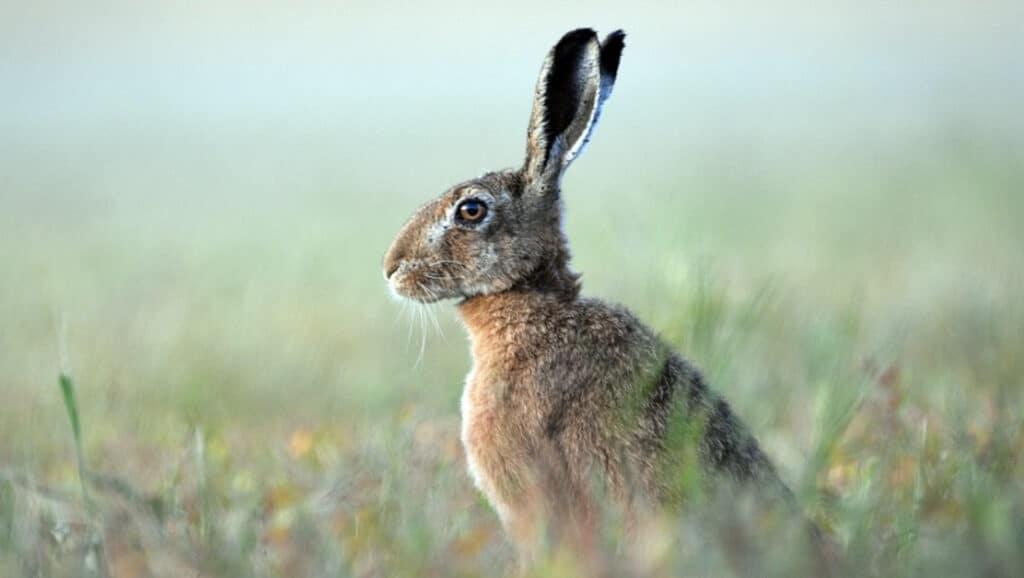
Hares are fast-running, long-legged mammals. They resemble rabbits but are larger and have longer ears.
They typically have a grayish-brown coat that turns white in winter. Hares can grow up to 27 inches in length and weigh 4 to 10 pounds.
-
Region of habitat: Hares are found across Europe, Asia, and North America, typically in open fields, meadows, and forests.
-
Scientific name: Lepus (various species)
-
Feeding habits: Hares are herbivores, primarily feeding on grasses, shrubs, and bark. They often graze in the early morning and evening.
-
What sound they make: Hares are generally silent but may produce soft grunts or squeals when threatened or in distress.
Fun Facts:
Unlike rabbits, hares do not live in burrows but nest in depressions in the ground called forms. Hares are known for their incredible speed and agility, capable of running up to 45 miles per hour.
8. Herring
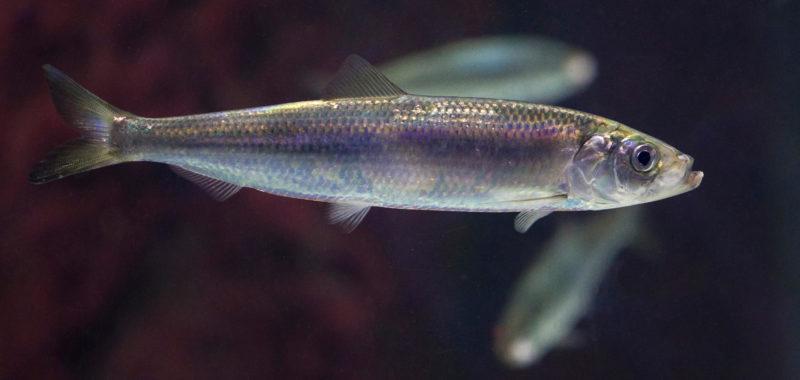
Herring are small, schooling fish found in the North Atlantic and North Pacific oceans. They have silvery bodies with a slight blue-green tint and are typically 12 to 15 inches long, although some individuals can grow larger.
-
Region of habitat: North Atlantic and North Pacific oceans, often in cold to temperate coastal waters.
-
Scientific name: Clupea harengus
-
Feeding habits: Herring are filter feeders, consuming plankton, small crustaceans, and fish larvae. They feed in large schools to maximize food intake.
-
What sound they make: Herring communicates by Releasing Bubbles to form a Distinctive Popping Sound, particularly when disturbed.
Fun Facts:
Herring are vital parts of the marine food chain, serving as prey for larger fish, seabirds, and marine mammals. Herring “schools” can consist of millions of individuals moving in unison.
9. Herring Gull
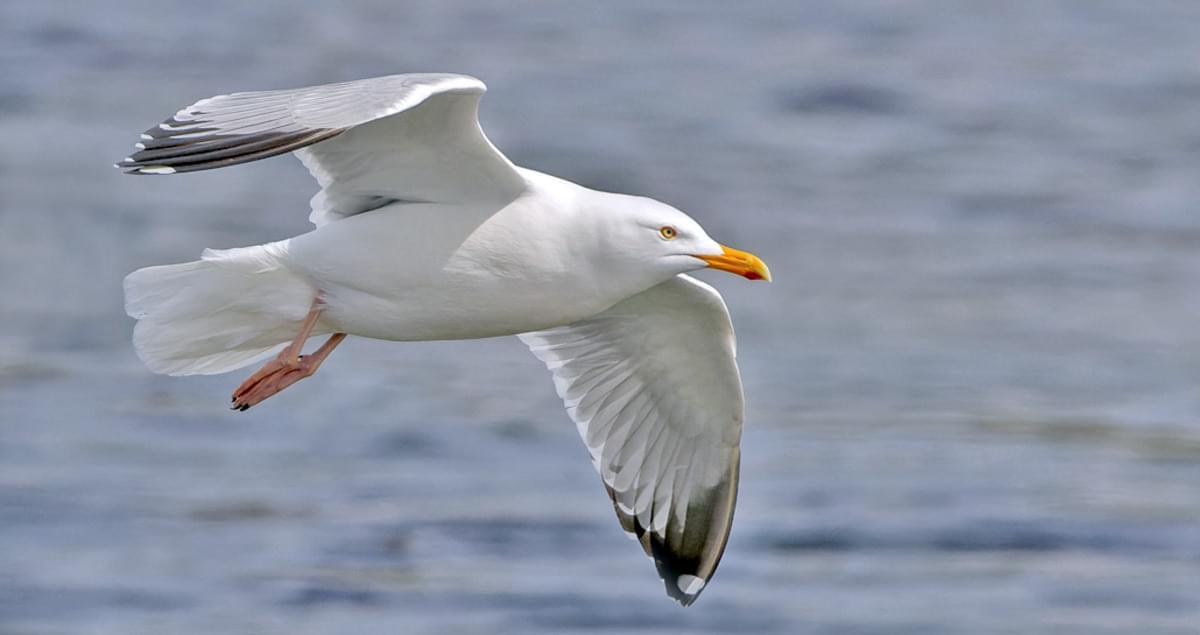
The herring gull is a large, white, gray bird with yellow legs and a yellow beak. It is often found near coastal areas and is known for its loud calls and scavenging behavior.
-
The region of habitat is coastal areas of the North Atlantic, including Europe, North America, and parts of Asia.
-
Scientific name: Larus argentatus
-
Feeding habits: Herring gulls are opportunistic feeders, eating fish, small animals, and human food waste. They are known for stealing food from other animals and humans.
-
What sound they make: Herring gulls produce loud, harsh calls that are often associated with their scavenging behavior.
Fun Facts:
Herring gulls are highly intelligent and have been observed using tools to access food. They are known for their migratory patterns, traveling long distances to find food and nesting sites.
10. Highland Cattle
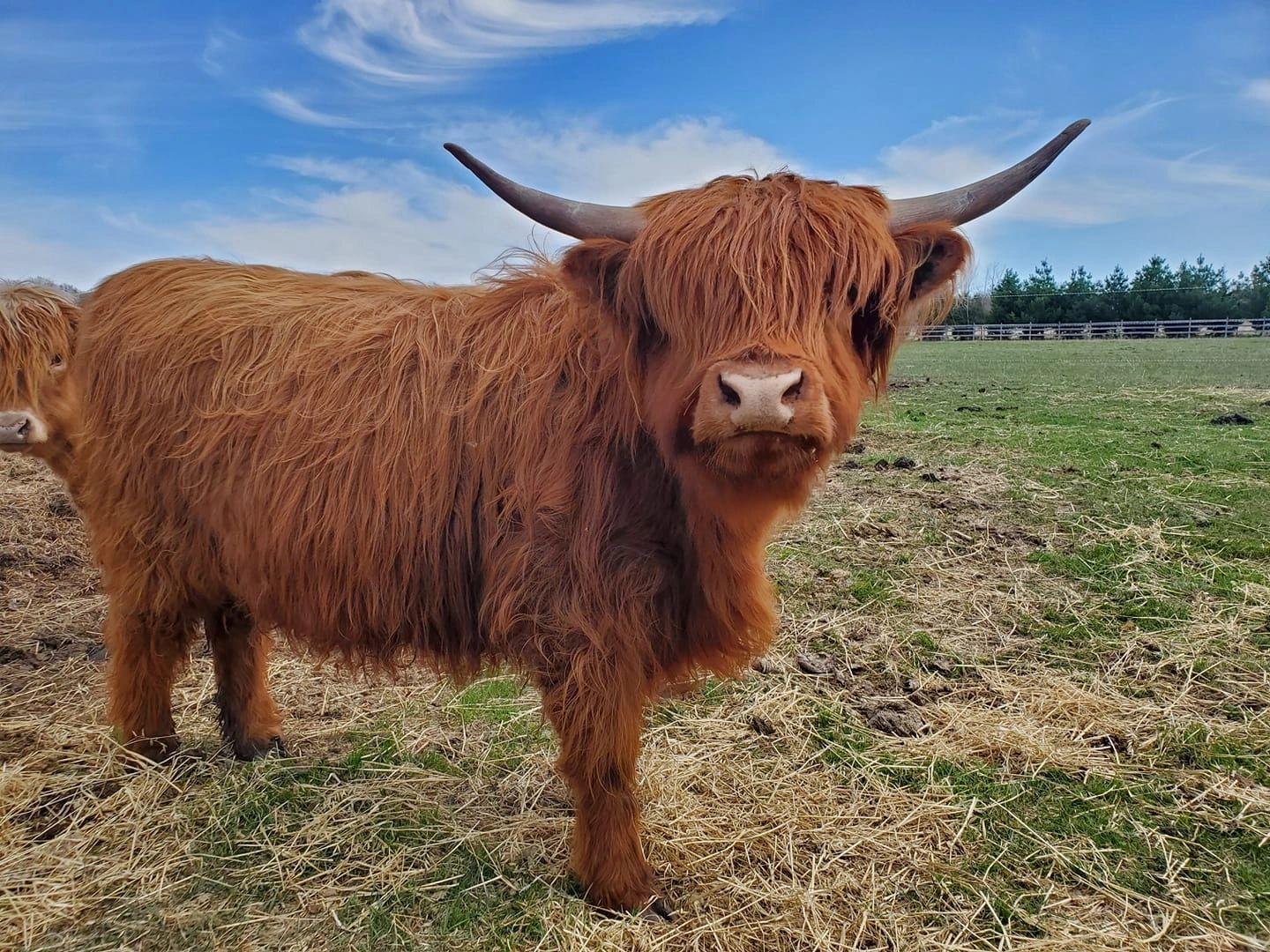
Highland cattle are a hardy breed of Scottish cattle known for their long, wavy fur and large, curved horns. These cows are typically 4 to 5 feet tall and can weigh up to 1,000 pounds. Their thick coat helps them survive cold, harsh climates.
-
Region of habitat: native to the Scottish Highlands but found in many cold regions around the world.
-
Scientific name: Bos taurus
-
Feeding habits: highland cattle are herbivores, primarily grazing on grass, hay, and other plant materials. They are well-suited to rough terrain and can thrive in tough conditions.
-
What sound they make: highland cattle communicate using low moos and bellows, particularly during breeding season or when in distress.
Fun Facts:
Highland cattle are known for their high-quality beef, prized for its marbling and flavor. They are one of the oldest and most distinctive cattle breeds in the world.
11. Himalayan Tahr
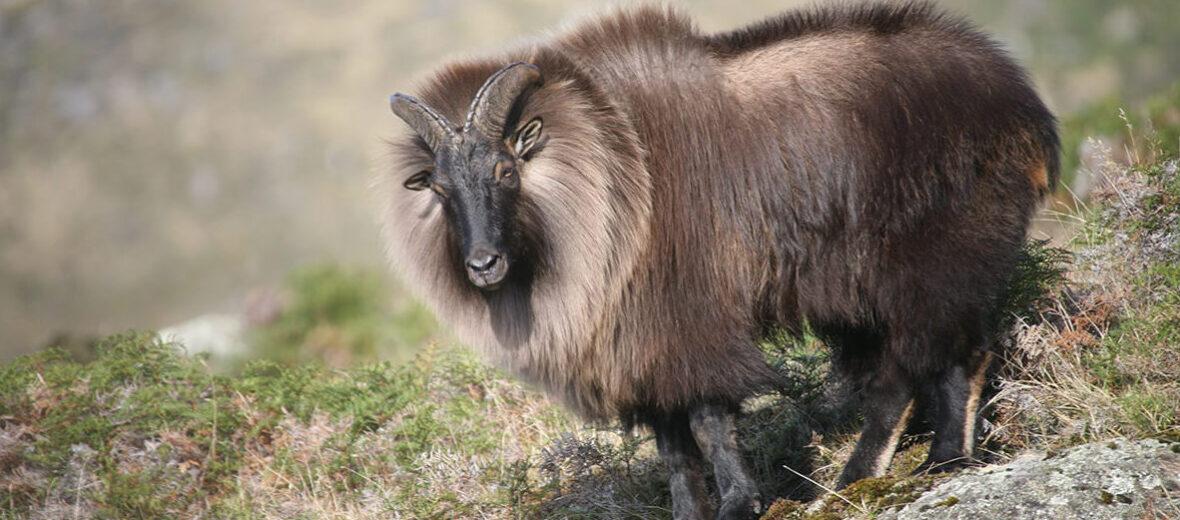
The term “himalayan tahr” can refer to a species native to the himalayan mountain range. Each species is uniquely adapted to the harsh, high-altitude environment.
-
Region of habitat: the Himalayan mountain range, spanning across India, Nepal, Bhutan, and Tibet.
-
Scientific name: varies by species.
-
Feeding habits: Depending on the species, Himalayan animals may be herbivores, carnivores, or omnivores, feeding on grasses, small mammals, and mountain plants.
-
What sound they make: Depending on the species, Himalayan animals may make growls, chirps, or vocalizations
Fun Fact:
The Himalayan snow leopard is an elusive and endangered species known for its beautiful coat and incredible agility in mountainous terrain. The Himalayan tahr is a wild goat that thrives in steep, rocky areas. It uses its agility to steer difficult cliffs.
12. Hippopotamus
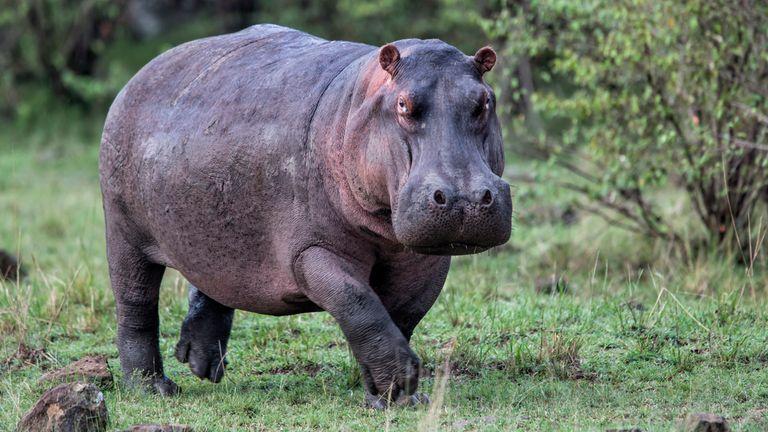
The hippopotamus is a large, mostly herbivorous mammal found in sub-Saharan Africa. It is known for its large mouth, tusks, and massive size, with some weighing up to 8,000 pounds. Hippos are primarily semi-aquatic and spend much of their time in water.
-
Region of habitat: Sub-Saharan Africa, particularly in rivers, lakes, and swamps.
-
Scientific name: Hippopotamus amphibius
-
Feeding habits: Hippos are herbivores and primarily feed on grass, often grazing at night. They are known to consume up to 80 pounds of grass in one night.
-
What sound do they make: Hippos make a variety of sounds, including grunts, roars, and bellows, especially when communicating with each other.
Fun Facts:
Despite their large size, hippos are fast runners and can reach speeds of up to 30 miles per hour on land. They spend up to 16 hours a day submerged in water to keep their skin moist and cool.
13. Honey Bee
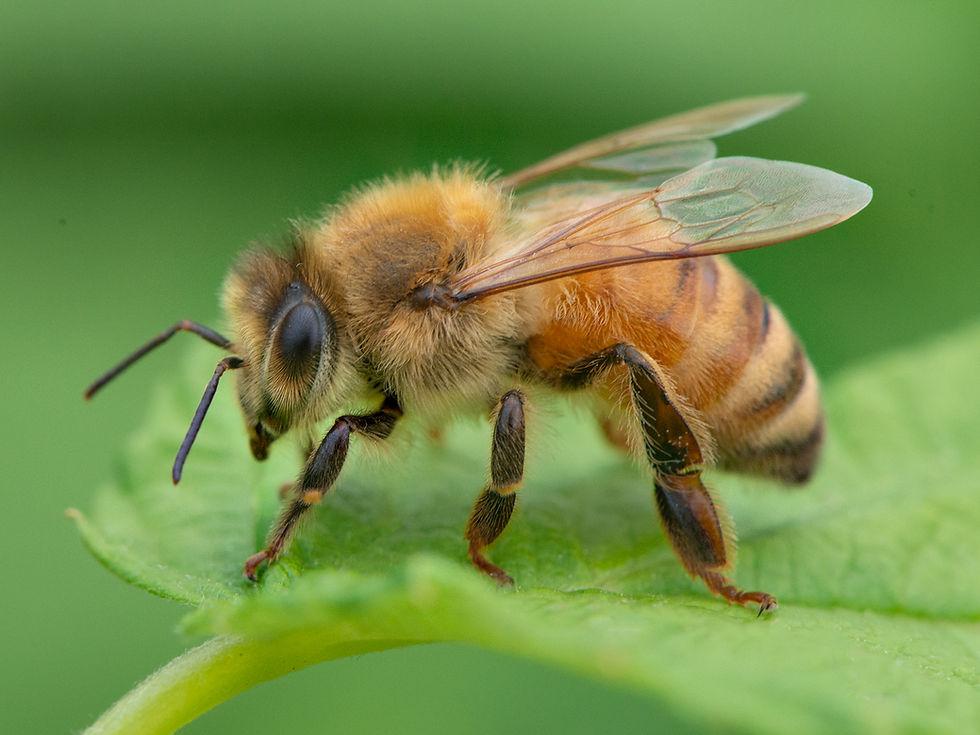
Honey bees are small, industrious insects known for their role in pollination and honey production. They have a distinctive yellow and black striped body and can measure up to 1 inch in length. Honey bees live in large colonies with one queen, many workers, and drones.
-
Region of habitat: Honey bees are found worldwide. They thrive in temperate climates and are crucial to agriculture and ecosystems.
-
Scientific name: Apis mellifera
-
Feeding habits: Honey bees are herbivores that eat nectar and pollen from flowers. They use nectar to produce honey and pollen to feed their young.
- What sound they make: Honey bees communicate using a “waggle dance” and also produce a gentle buzzing sound when flying.
Fun Fact:
Honeybees can visit up to 5,000 flowers in a single day.
14. Honey Buzzard
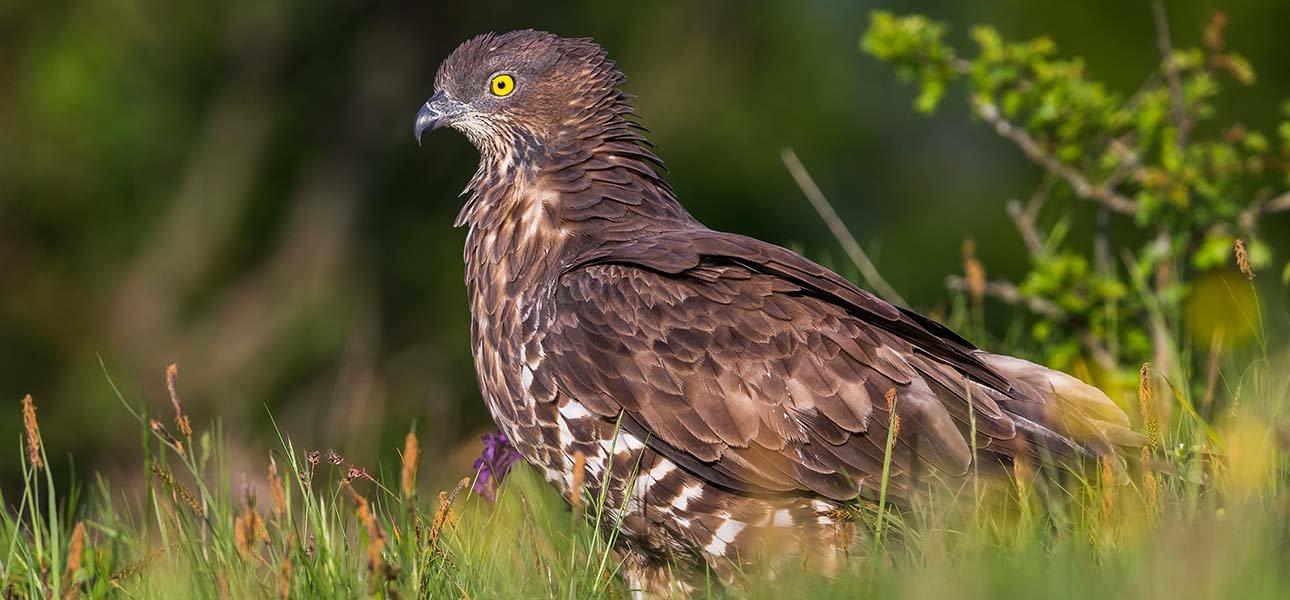
The honey buzzard is a large bird of prey known for its distinctively long tail and sharp beak. It has a brownish body with a white underside and typically measures 22 to 24 inches in length.
-
Region of habitat: found in Europe, Asia, and parts of North Africa.
-
Scientific name: Pernis apivorus
-
Feeding habits: Honey buzzards primarily feed on insects, especially hornets and bees, as well as small mammals and reptiles.
-
What sound they make: Honey buzzards make a variety of calls, including whistles and screams, which they use to communicate with other birds and signal danger.
Fun Facts:
Honey buzzards are migratory birds that travel long distances from Europe to Africa for the winter. They are known for their ability to extract honey from beehives, often evading angry bees.
15. Horseshoe Crab
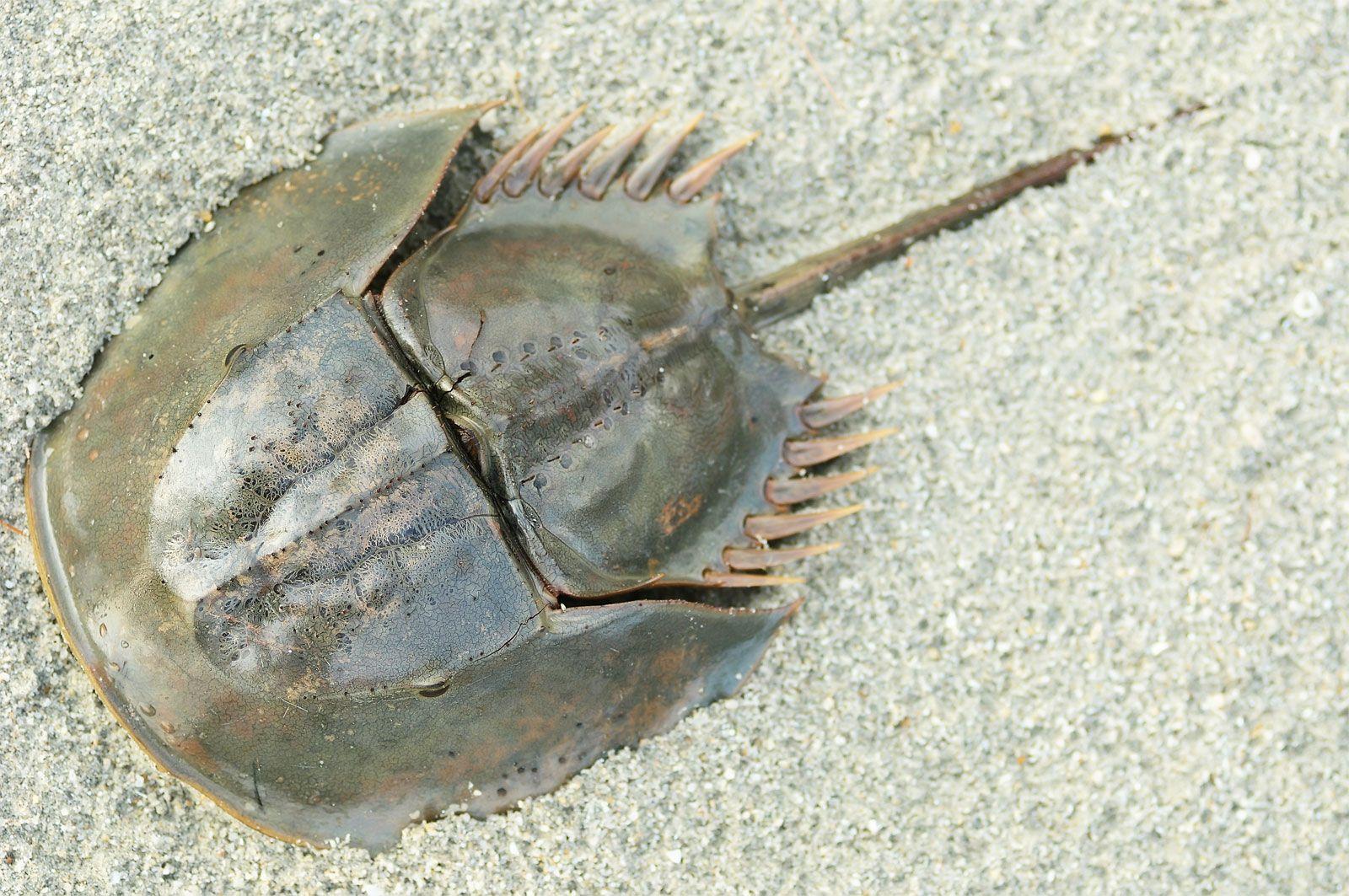
Horseshoe crabs are marine arthropods known for their hard, horseshoe-shaped shell and long tail spine. They are not true crabs but are more closely related to spiders and scorpions. Adults can grow up to 20 inches in length, and their unique shell is blue-green.
-
The region of habitat is coastal waters in North America, Europe, and parts of Asia, typically along muddy or sandy shores.
-
Scientific name: Limulus polyphemus (Atlantic horseshoe crab)
-
Feeding habits: Horseshoe crabs are scavengers, feeding on mollusks, worms, and detritus. They use their pincers to rake through the sediment in search of food.
-
What sound they make: Horseshoe crabs do not make sounds but communicate through movements, particularly when disturbed.
Fun Facts:
Horseshoe crabs have blue blood, which contains a unique copper-based molecule used in medical testing for endotoxins. Despite their name, they are more closely related to arachnids than to true crabs.
16. House Finch
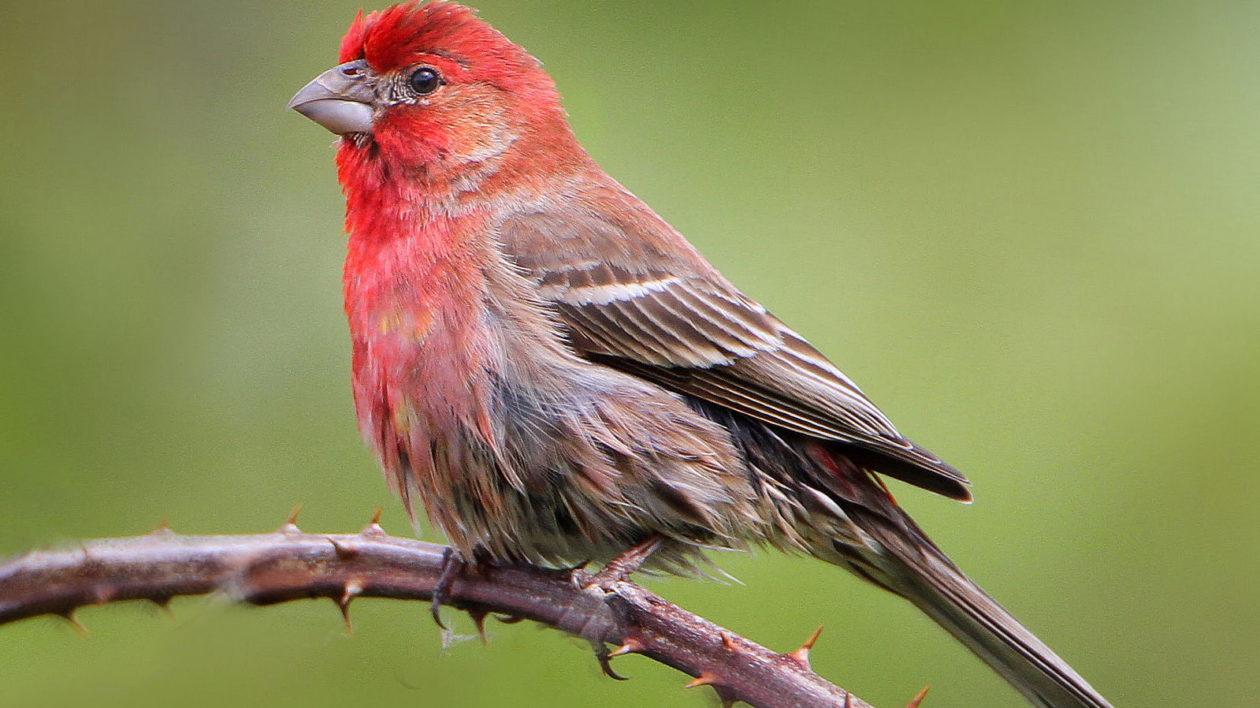
The house finch is a small, colorful songbird found in urban and suburban areas. Males are known for their bright red plumage on the head and chest, while females are more muted in color with brown and streaked feathers. They typically measure about 5 to 6 inches in length.
-
Region of habitat: native to North America, particularly in urban and suburban environments.
-
Scientific name: Haemorhous mexicanus
-
Feeding habits: House finches are omnivorous, primarily feeding on seeds, berries, and occasionally insects. They are often seen feeding at bird feeders in urban areas.
-
What sound do they make: House finches produce a variety of musical songs, often consisting of warbles and whistles. Males use these songs to attract mates.
Fun Facts:
House finches have adapted well to living in cities, often nesting on buildings and in human-made structures. They are known for their cheerful and continuous song, especially during the breeding season.
17. House Mouse
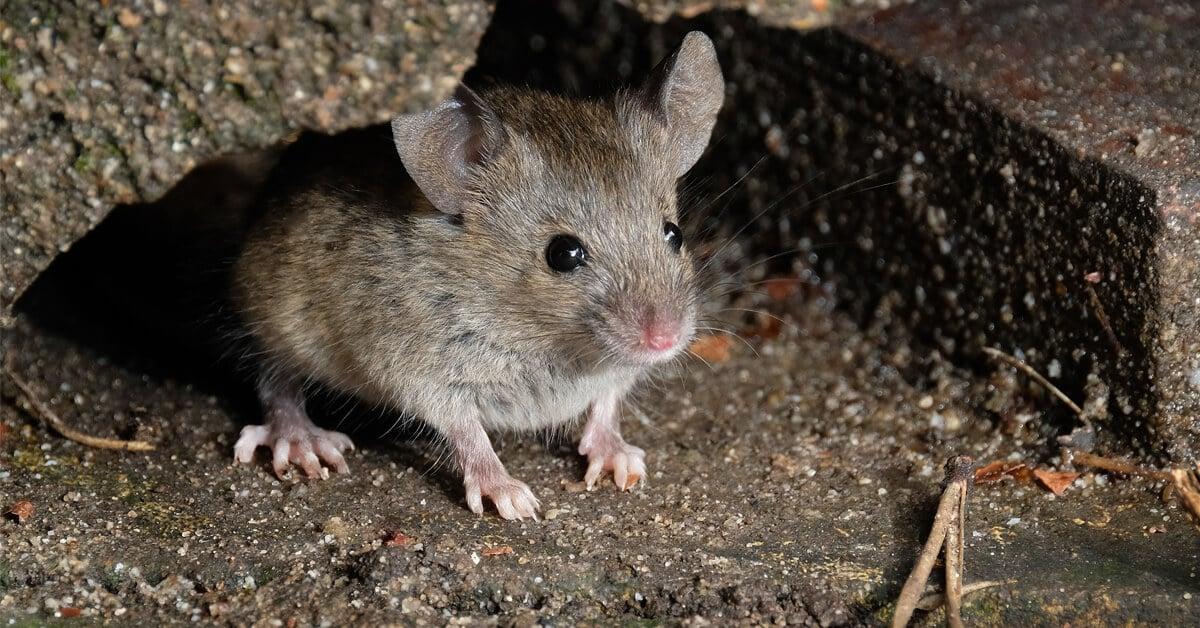
The house mouse is a small rodent that is commonly found in homes, fields, and other human-inhabited areas. It has a small, gray or brown body, long tail, and large ears. The house mouse typically measures about 3 to 4 inches in body length.
-
Region of habitat: House mice are found worldwide, primarily in human-built environments such as homes, farms, and warehouses.
-
Scientific name: Mus musculus
-
Feeding habits: House mice are omnivores, eating grains, fruits, seeds, and even small insects. They are known to forage at night.
-
What sound they make: House mice produce high-pitched squeaks, particularly when communicating with other mice or in distress.
Fun Facts:
House mice can fit through gaps as small as 1/4 inch, making them highly adaptable to entering homes. Despite their small size, house mice are capable of carrying diseases and often contaminate food supplies.
18. House Sparrow
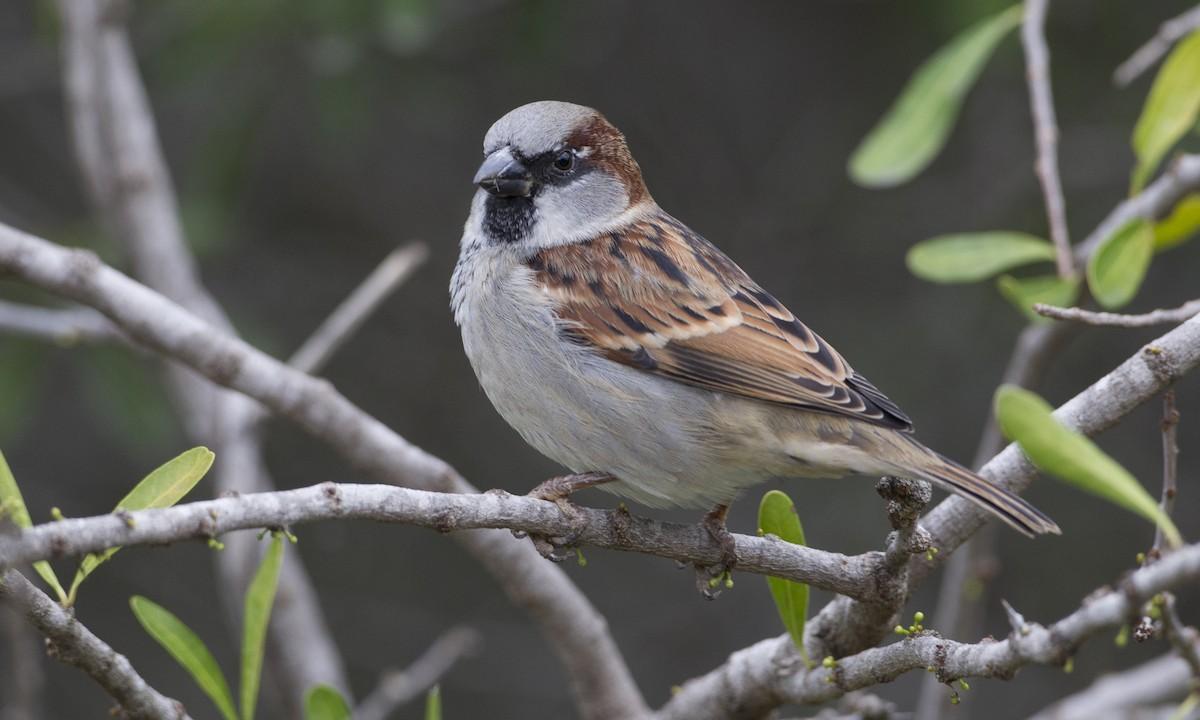
The house sparrow is a small, ubiquitous songbird with a stout body, short tail, and short beak.
Males have a distinctive gray and black head with a brown back, while females are more muted in color. They typically grow to about 6 inches in length.
-
Region of habitat: It is found worldwide in cities, towns, and rural areas, particularly in North America, Europe, and parts of Asia.
-
Scientific name: Passer domesticus
-
Feeding habits: House sparrows are omnivores, eating a variety of seeds, grains, and small insects. They are frequently found near human habitation.
-
What sound they make: House sparrows produce chirps, whistles, and calls, especially when communicating with their flock members.
Fun Facts:
House sparrows are one of the most successful bird species in adapting to urban environments. They have been introduced to many parts of the world and are now one of the most common birds globally.
19. Housefly
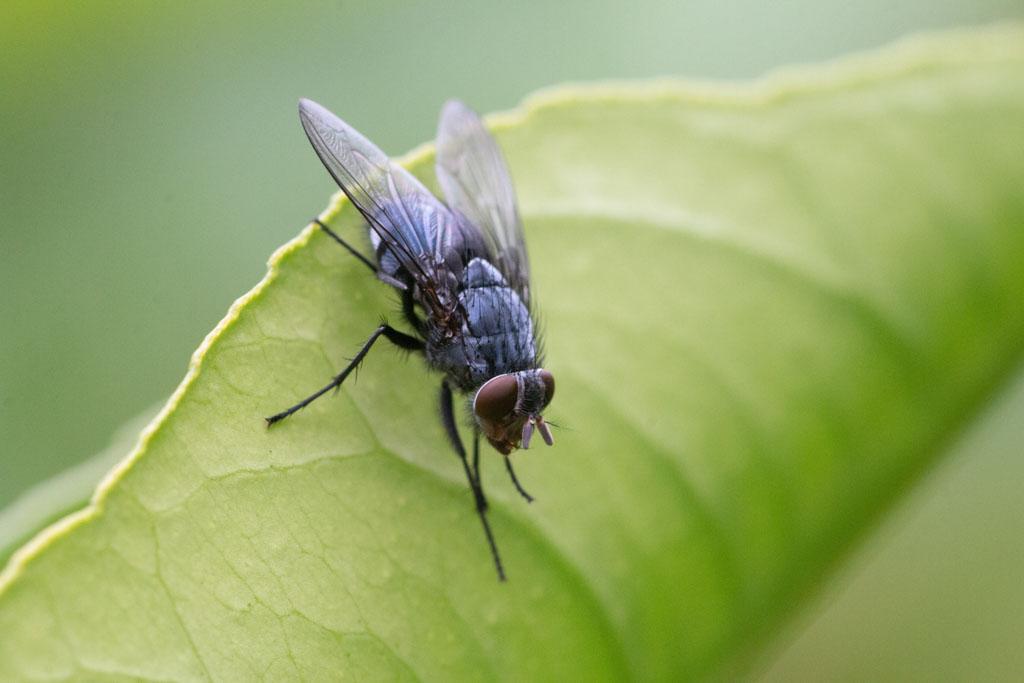
The housefly is a small insect commonly found in homes, particularly in areas with food or waste. They have large, red compound eyes and a grayish body.
Houseflies are about 1/4 inch long and are known for their rapid flight and ability to land almost anywhere.
-
Region of habitat: found worldwide, particularly in homes, garbage dumps, and places with decaying organic matter.
-
Scientific name: Musca domestica
-
Feeding habits: Houseflies are scavengers, feeding on decaying organic matter, food scraps, and feces. They often transfer bacteria from surface to surface.
-
What sound do they make: Houseflies produce a faint buzzing sound caused by the rapid movement of their wings.
Fun Facts:
Houseflies can fly at speeds of up to 5 miles per hour. Due to their compound eyes, they have excellent vision and can detect movements at rapid speeds.
20. Hummingbird
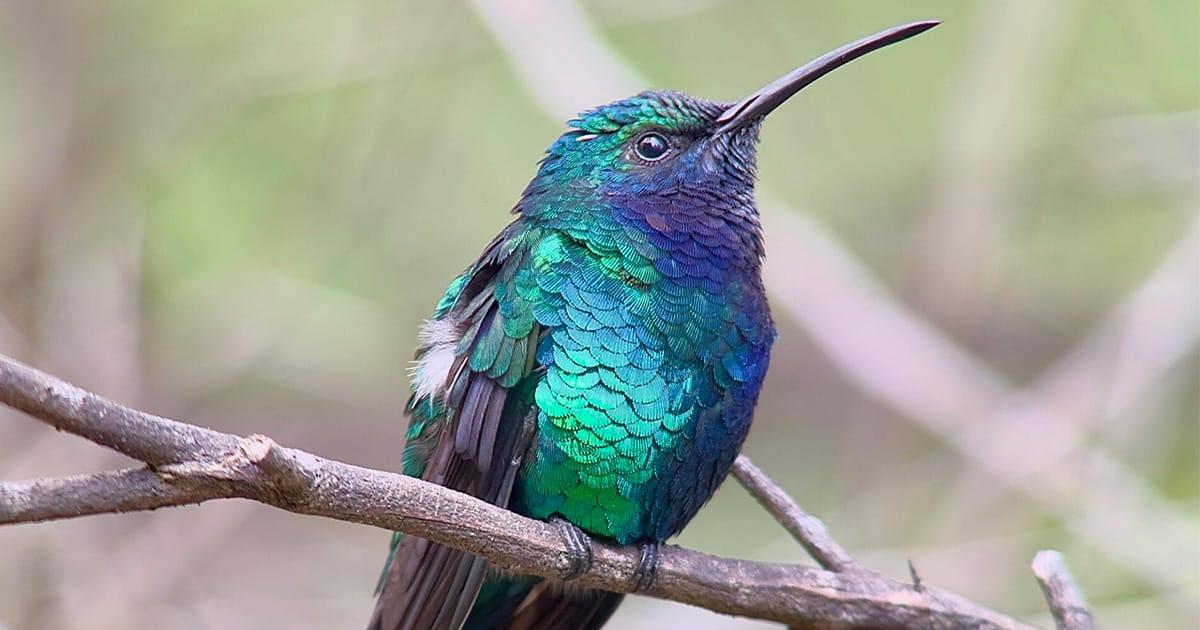
Hummingbirds are small, colorful birds known for their ability to hover in place by rapidly flapping their wings. Their plumage is iridescent, ranging from green and blue to vibrant red and purple. These birds are among the smallest in the world, with some species measuring only 3 inches in length.
-
Region of habitat: It is found throughout the Americas, from southern Alaska to Tierra del Fuego, with a focus on tropical and subtropical areas.
-
Scientific name: Trochilidae (family)
-
Feeding habits: Hummingbirds primarily feed on nectar from flowers, which they extract using their long, specialized beaks. They also consume small insects and spiders for protein.
-
What sound do they make: Hummingbirds produce a soft, buzzing sound when flying due to their rapidly beating wings.
Fun Facts:
Hummingbirds have the highest metabolism of any bird species, and their hearts can beat up to 1,200 times per minute. They are capable of flying backward, a rare ability among birds.
21. Humpback Whale
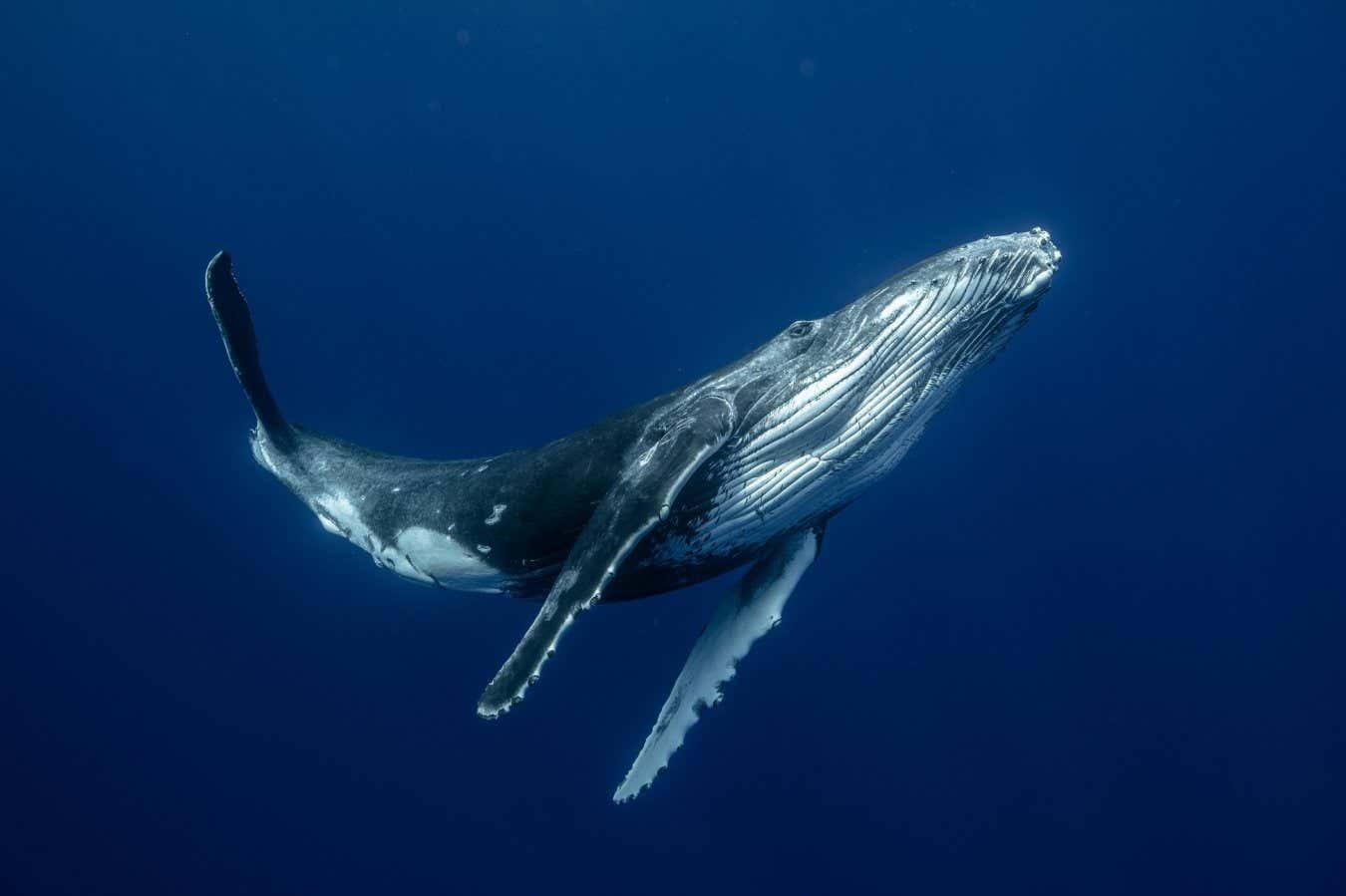
The humpback whale is a large marine mammal known for its distinctive hump-shaped back and long pectoral fins. Adult humpbacks can grow up to 60 feet in length and weigh up to 40 tons. They are famous for their complex songs, which males use during the mating season.
-
Region of habitat: found in oceans worldwide, particularly in the North Pacific, North Atlantic, and Southern oceans.
-
Scientific name: Megaptera novaeangliae
-
Feeding habits: Humpback whales are filter feeders and primarily consume krill, plankton, and small fish. They use a technique called bubble-net feeding to trap schools of fish.
-
What sound they make: humpback whales are known for their haunting songs, which can travel for miles underwater. These songs are thought to be used in communication and mating displays.
Fun Facts:
Humpback whales are migratory, traveling thousands of miles between feeding and breeding grounds. They are known for their acrobatic behavior, including breaching and tail slapping.
22. Husky

Huskies are medium-sized, powerful sled dogs known for their endurance and strength. They have thick, double-layered coats that help them survive in cold climates. Huskies typically have striking blue or multicolored eyes and stand around 20 to 24 inches tall at the shoulder.
-
Region of habitat: Originally from cold regions like Siberia and Alaska, huskies are now found worldwide as pets and working dogs.
-
Scientific name: Canis lupus familiaris
-
Feeding habits: Huskies are omnivores and require a balanced diet, often including meat, vegetables, and specialized dog food for energy and health.
-
What sound do they make: Huskies are known for their howls, barks, and whining. They are highly vocal dogs and use these sounds to communicate.
Fun Facts:
Huskies are incredibly strong and are used in dog sledding races such as the Iditarod. They are known for their independent nature and can be quite stubborn, making training a challenge.
Rare Animals
23. Hummingbird Hawk-Moth
24. Honey Badger
25. Hornbill
26. House Gecko
27. Hawk
28. Hawk Moth Caterpillar
29. Hedgehog
30. Harrier Hawk
31. Harris Hawk
32. Haast’s Eagle
33. Habu Snake
34. Hagfish
35. Haikouichthys
36. Hainosaurus
37. Hairy Frogfish
38. Hairy Woodpecker
39. Hairy-Footed Flower Bee
40. Hallucigenia
41. Hamburg Chicken
42. Hamerkop Bird
43. Hammerhead Shark
44. Hammerhead Worm
45. Hammond’s Flycatcher
46. Harlequin Coral Snake
47. Harlequin Frog
48. Harlequin Rabbit
49. Harlequin Snake Eel
50. Harp Seal
51. Harpy Eagle
52. Harrier
53. Hatzegopteryx
54. Havamalt
55. Havanese
56. Havapoo
57. Havashire
58. Havashu
59. Hawaiian Crow
60. Hawaiian Goose
61. Hawaiian Honeycreeper
62. Hawaiian Monk Seal
63. Hawkodile
64. Hawksbill Sea Turtle
65. Hazel Dormouse
66. Hectors Dolphin
67. Helicoprion
68. Hellbender
69. Helmeted Turtle
70. Helmetshrike
71. Hendrickson’s Gecko
72. Hepatic Tanager
73. Hercules Beetle
74. Hercules Moth
75. Hermit Crab
76. Heron
77. Herrerasaurus
78. Highland Ground Gecko
79. Hillstream Turtle
80. Himalayan Pit Viper
81. Himalayan Tahr
82. Hinny
83. Hippopotamus Gorgops
84. Hippopotamus Seal
85. Hispaniolan Green Anole
86. Hissing Cockroach
87. Hoary Bat
88. Hoatzin
89. Hobo Spider
90. Hog Island Boa
91. Hog-Nosed Pit Viper
92. Hogfish
93. Hognose Snake
94. Hokkaido
95. Holdridge’s Toad
96. Holy Cross Frog
97. Honduran Milk Snake
98. Honduran White Bat
99. Hooded Oriole
100. Hooded Seal
101. Hook-Nosed Sea Snake
102. Hoopoe
103. Hoopoe Bird
104. Horgi
105. Horn Shark
106. Horned Adder
107. Horned Beetle
108. Horned Bush Viper
109. Horned Frog
110. Horned Grebe
111. Horned Lizard
112. Horned Puffin
113. Horned Viper
114. Hornet
115. Horse Mackerel
116. Horse-Eye Jack
117. Horsefield’s Tortoise
118. Horsefly
119. Houdan Chicken
120. House Centipede
121. House Martin
122. House Snake
123. House Spider
124. House Wren
125. Hovasaurus
126. Hovawart
127. Hoverfly
128. Howler Monkey
129. Human
130. Humboldt Penguin
131. Humboldt Squid
132. Hump-Backed Garter Snake
133. Hump-Nosed Lizard
134. Humphead Wrasse
135. Huntaway
136. Hunter Crab
137. Huntsman Spider
138. Huskador
139. Huskita
140. Huskydoodle
141. Hutia
142. Hyacinth Macaw
143. Hyaenodon
144. Hydromedusa Jellyfish
145. Hydrothermal Vent Worm
146. Hydrozoan Jellyfish
147. Hyena
148. Hyrax
Wrapping It Up
From Ocean Depths to Mountain Peaks, the Animal Kingdom’s “h” Section Reveals Nature’s Ingenious Adaptations.
After analyzing Diverse Habitats, Meeting Creatures as Varied as the Speedy Hare, the Industrious Honey Bee, and the Massive Hippopotamus.
Each Species Showcases Evolution’s Remarkable Solutions to Survival Challenges—the Humpback Whale’s Complex Songs, the Hummingbird’s Ability to Fly Backward, and The Horseshoe Crab’s Medically Valuable Blue Blood.
This quest reminds us that even within a single letter of the alphabet, wildlife displays extraordinary diversity.
As we encounter these animals in the wild or through education, we gain a deeper appreciation for the intricate web of life that surrounds us.

